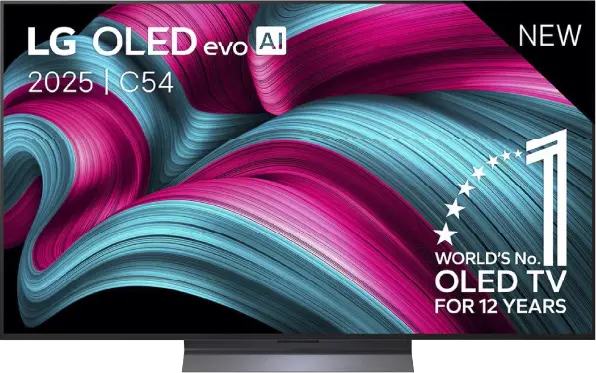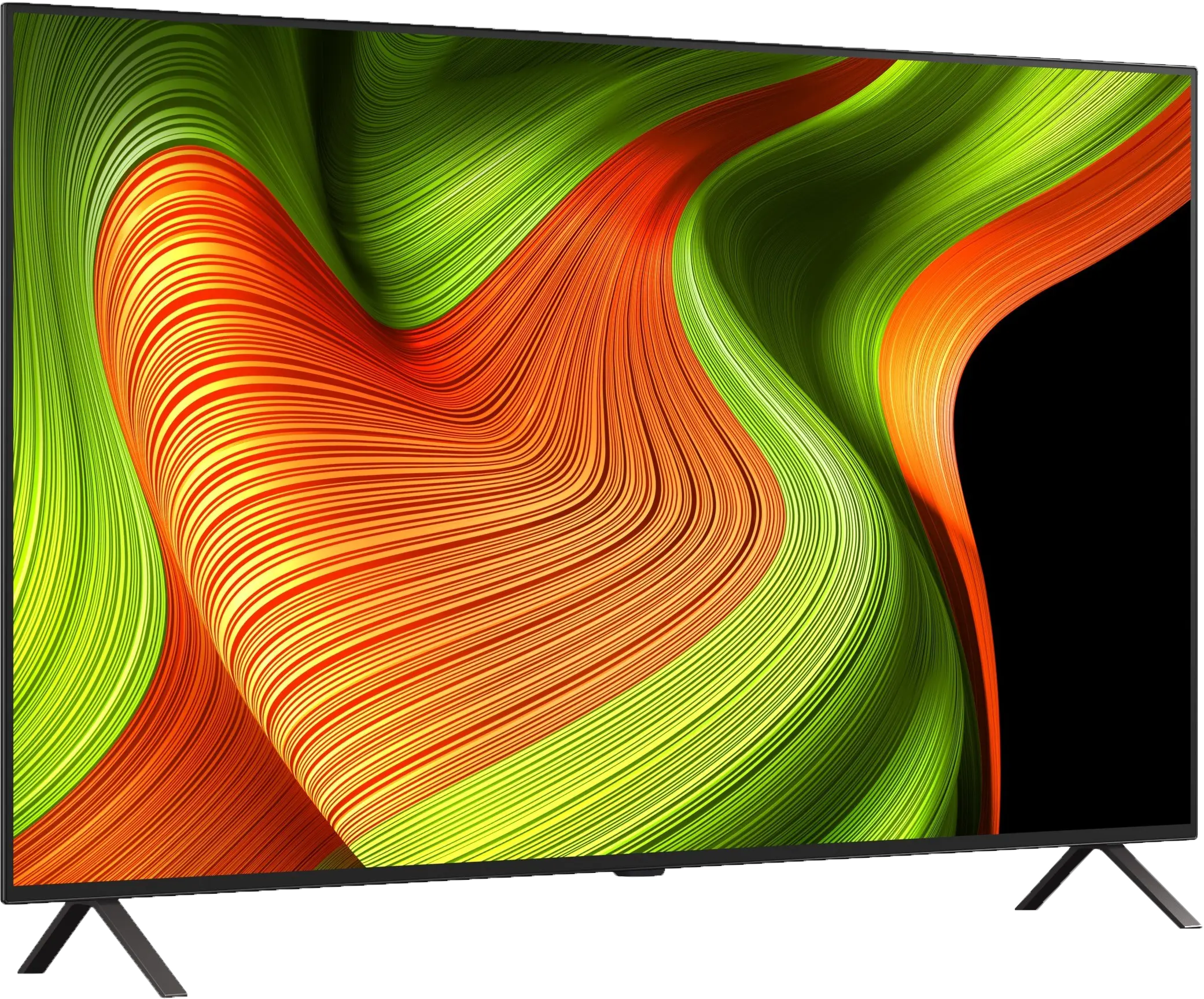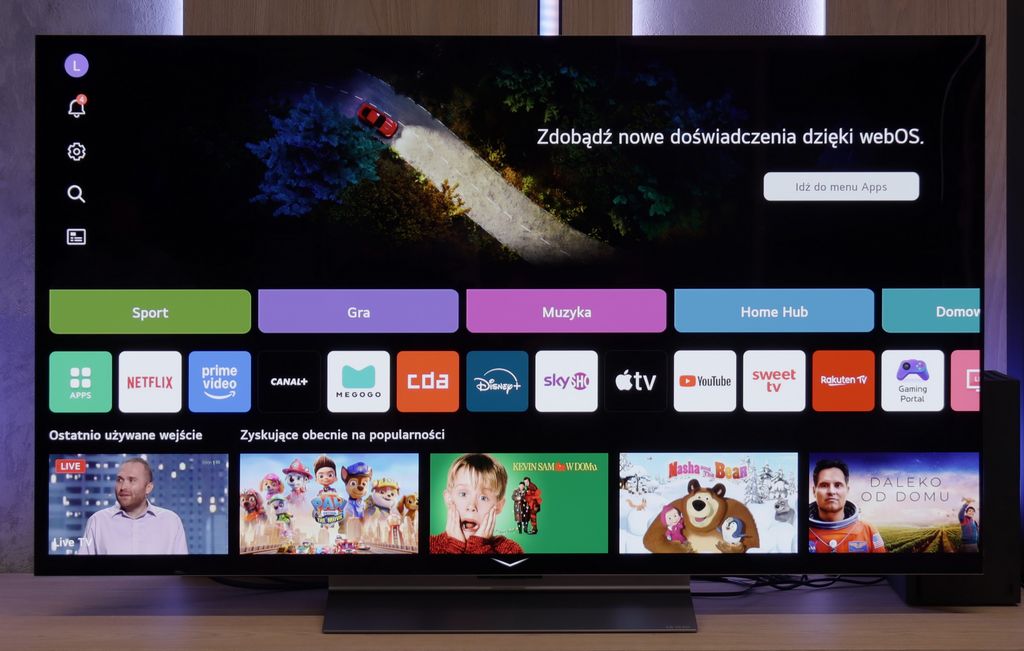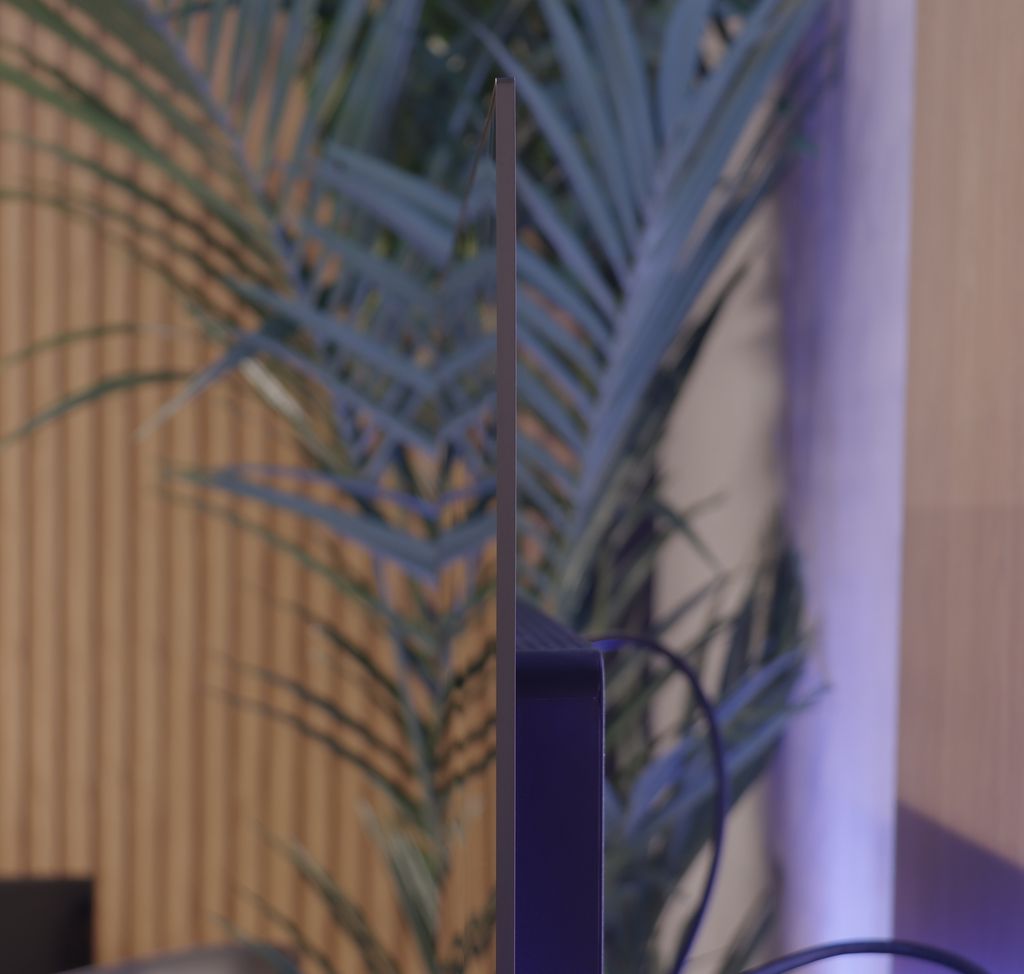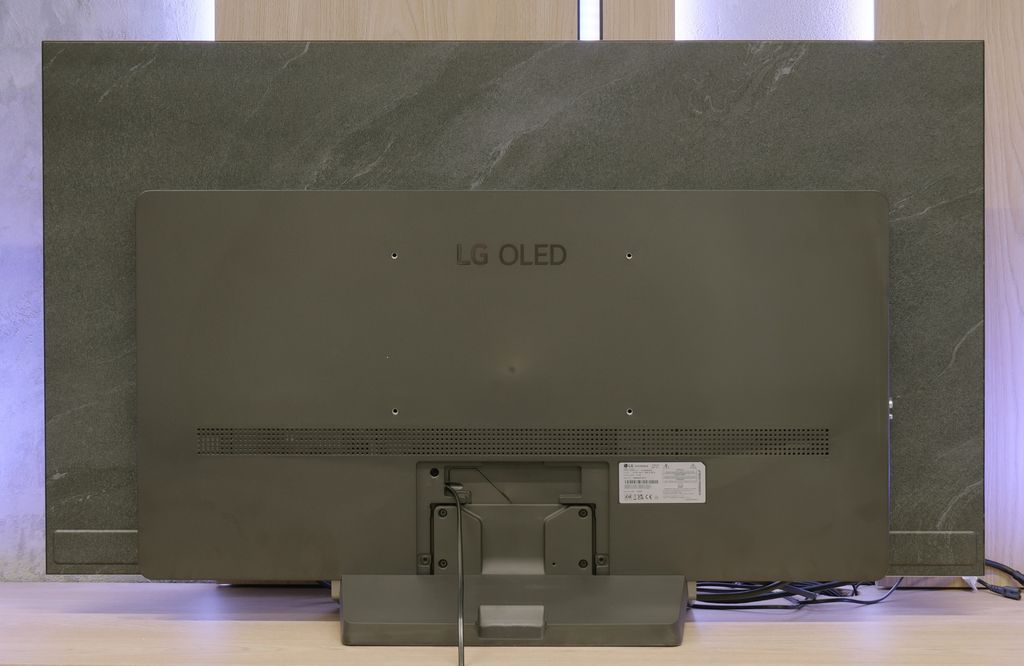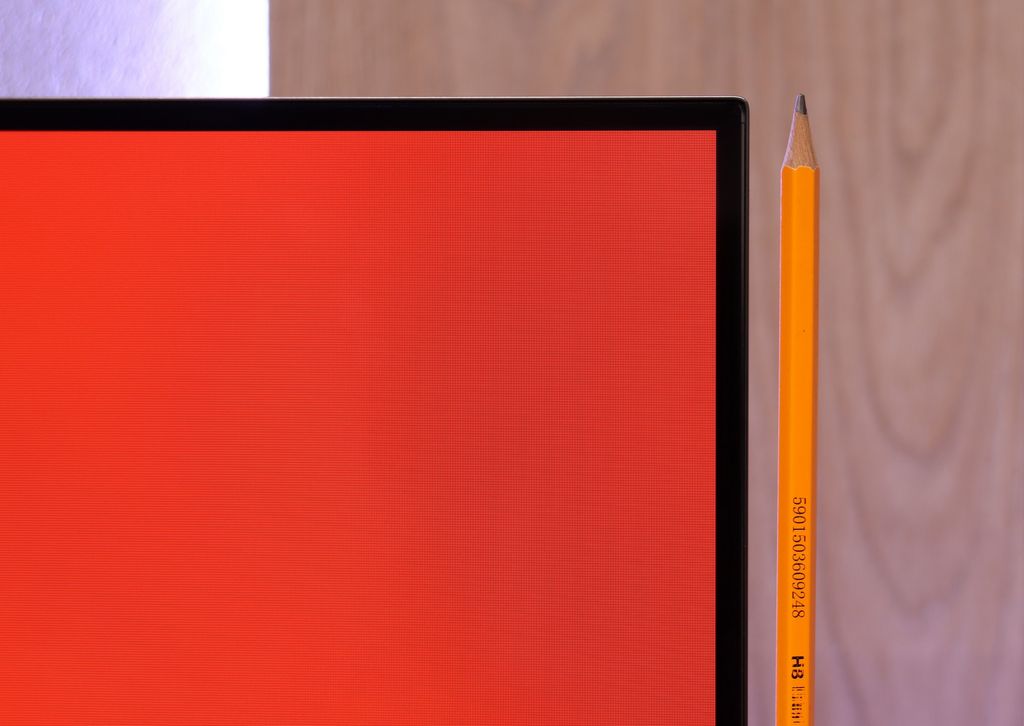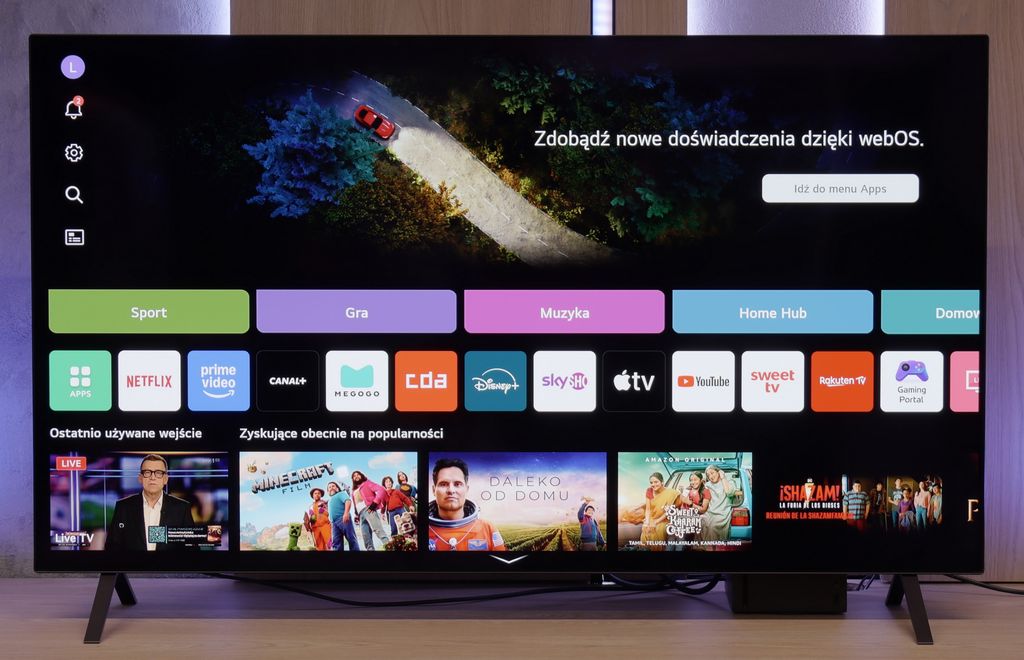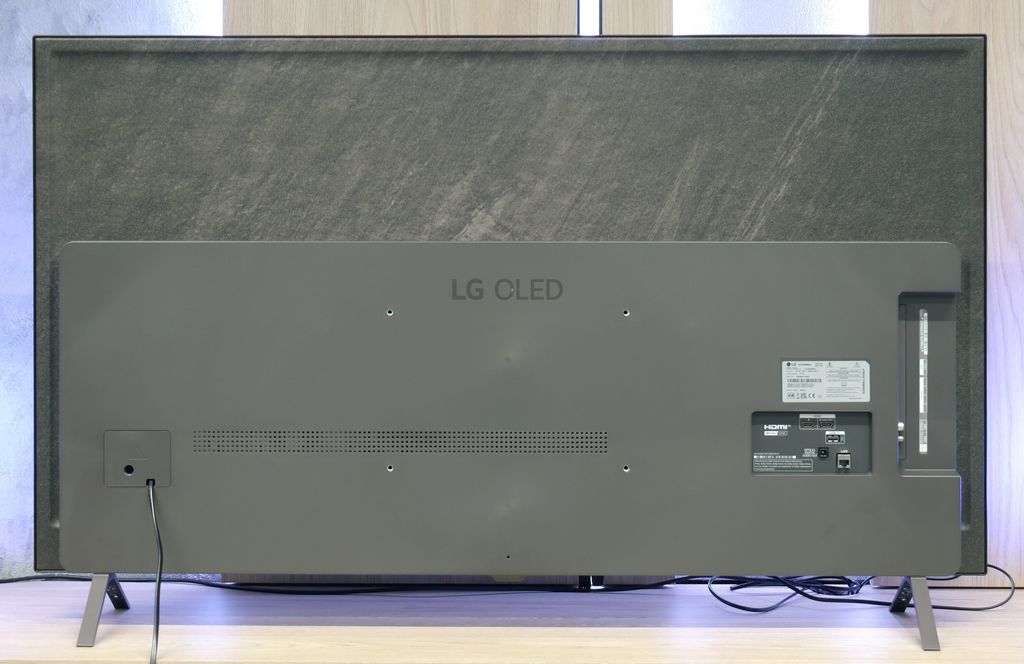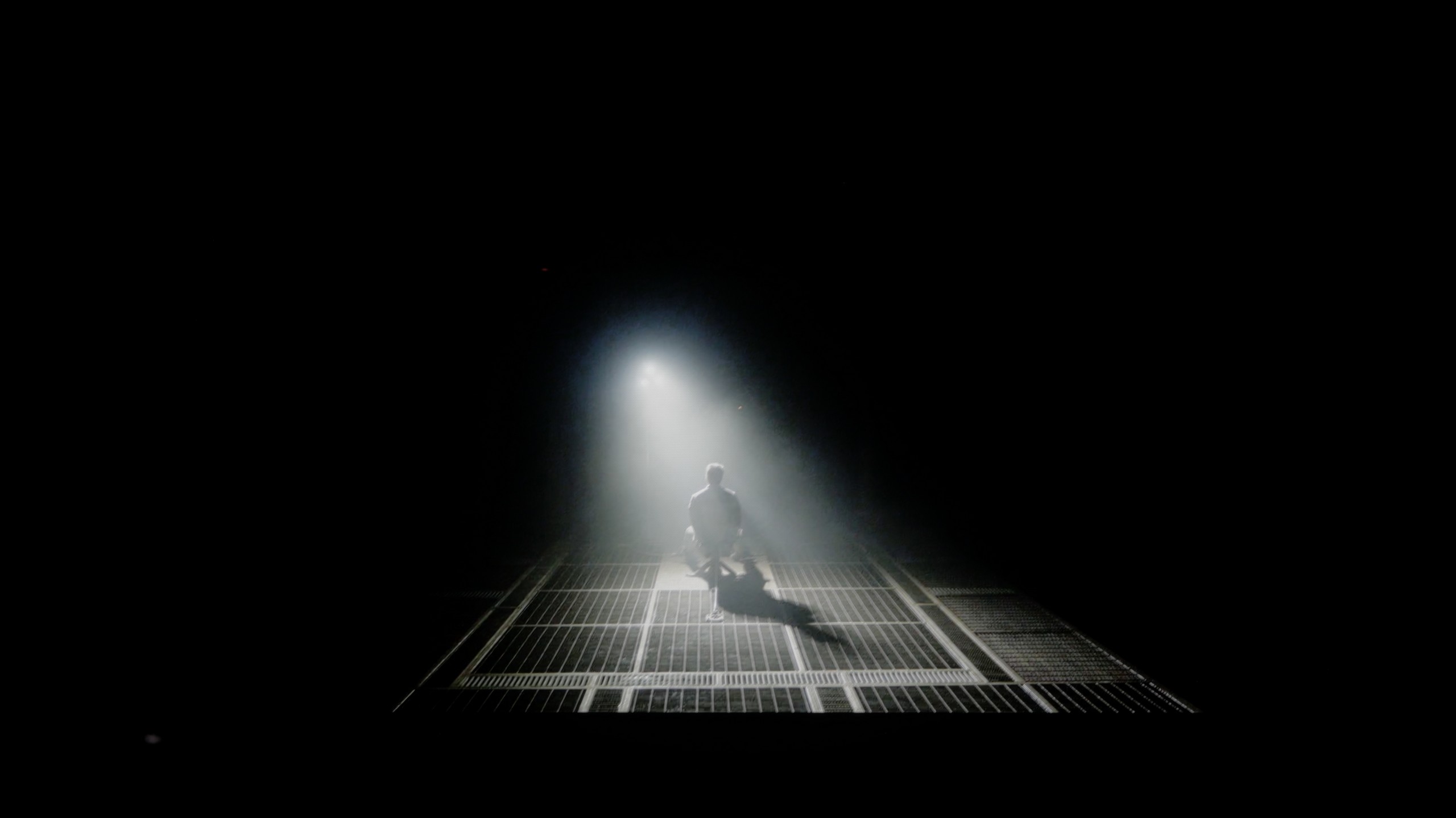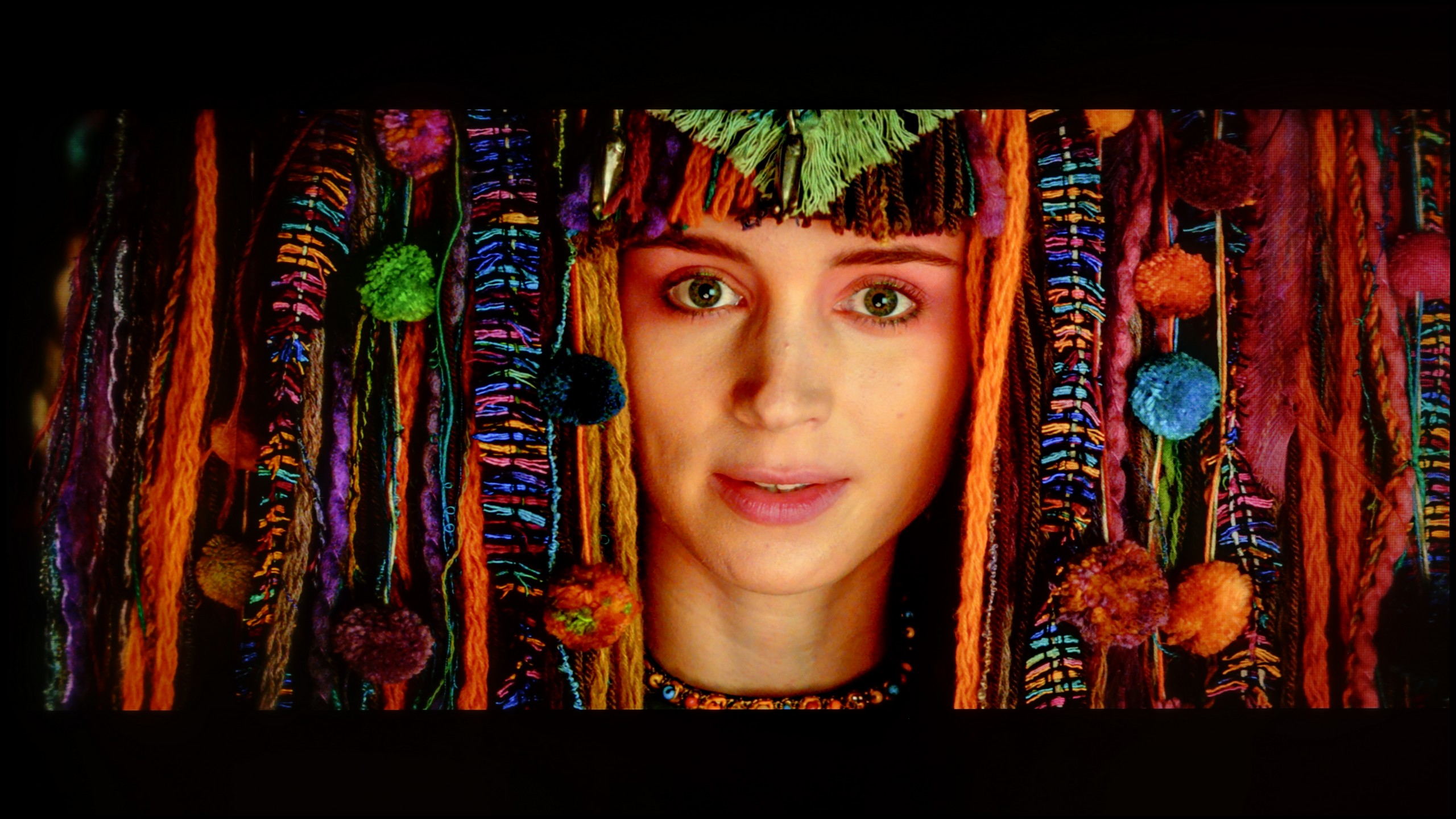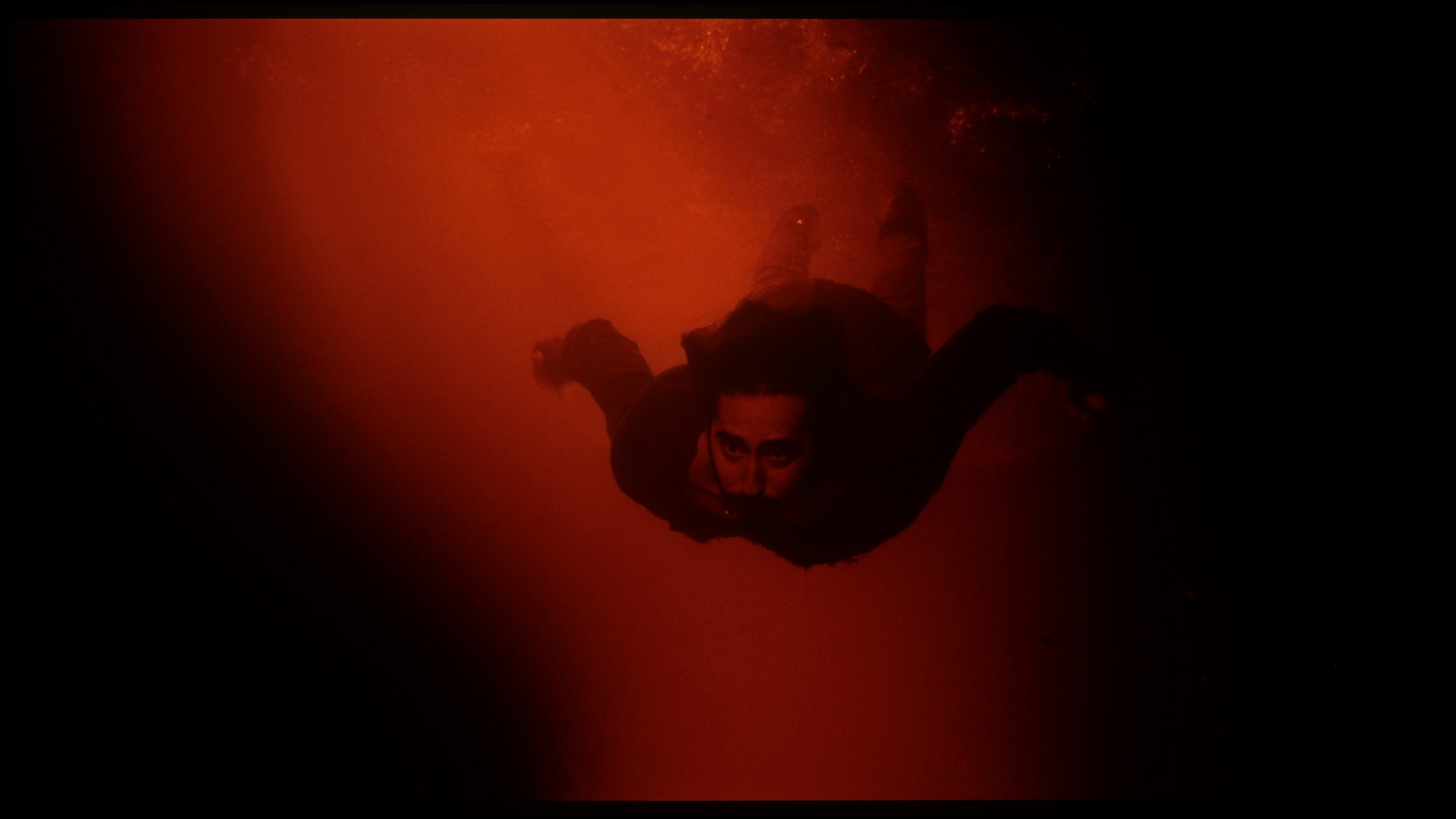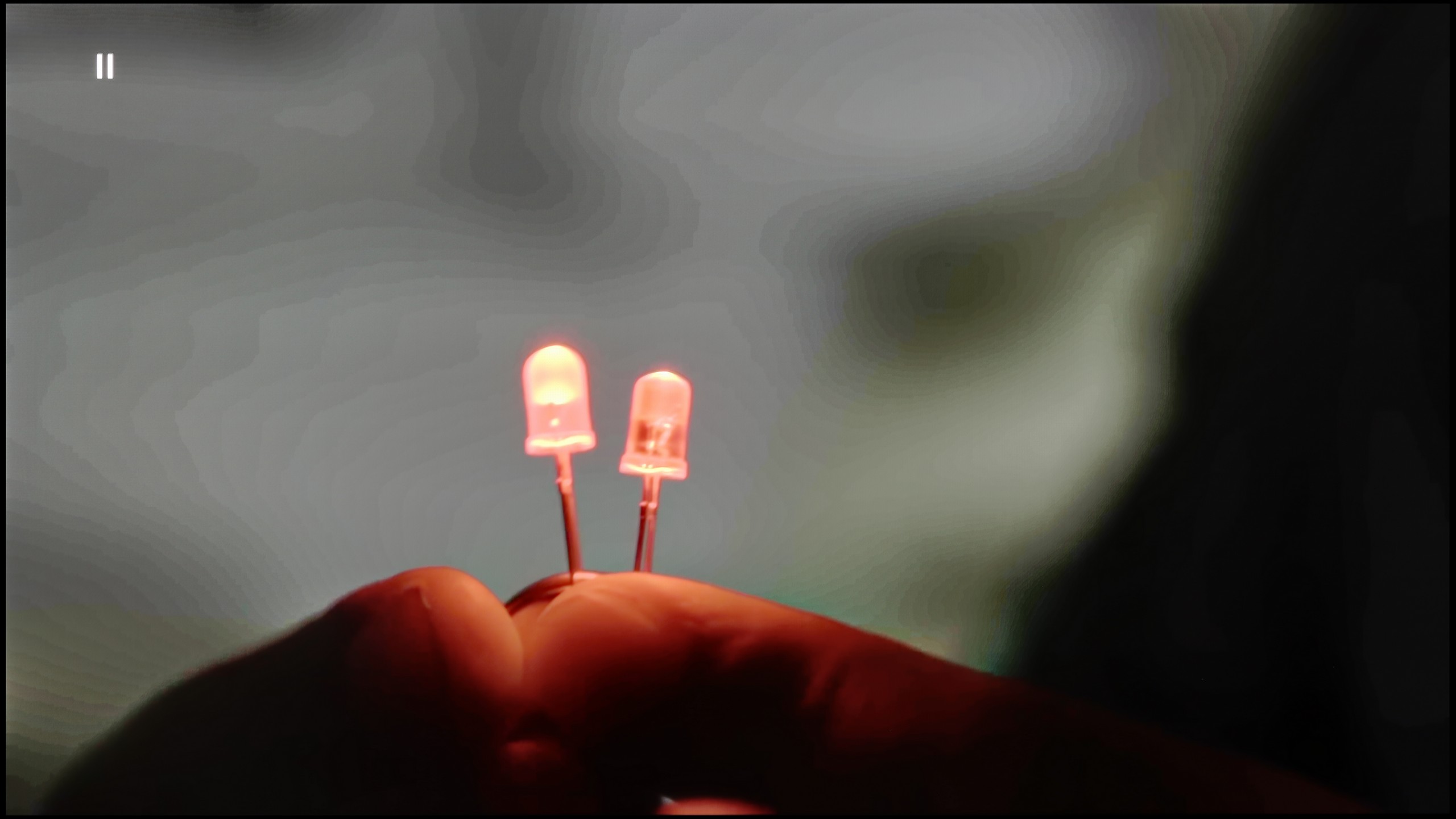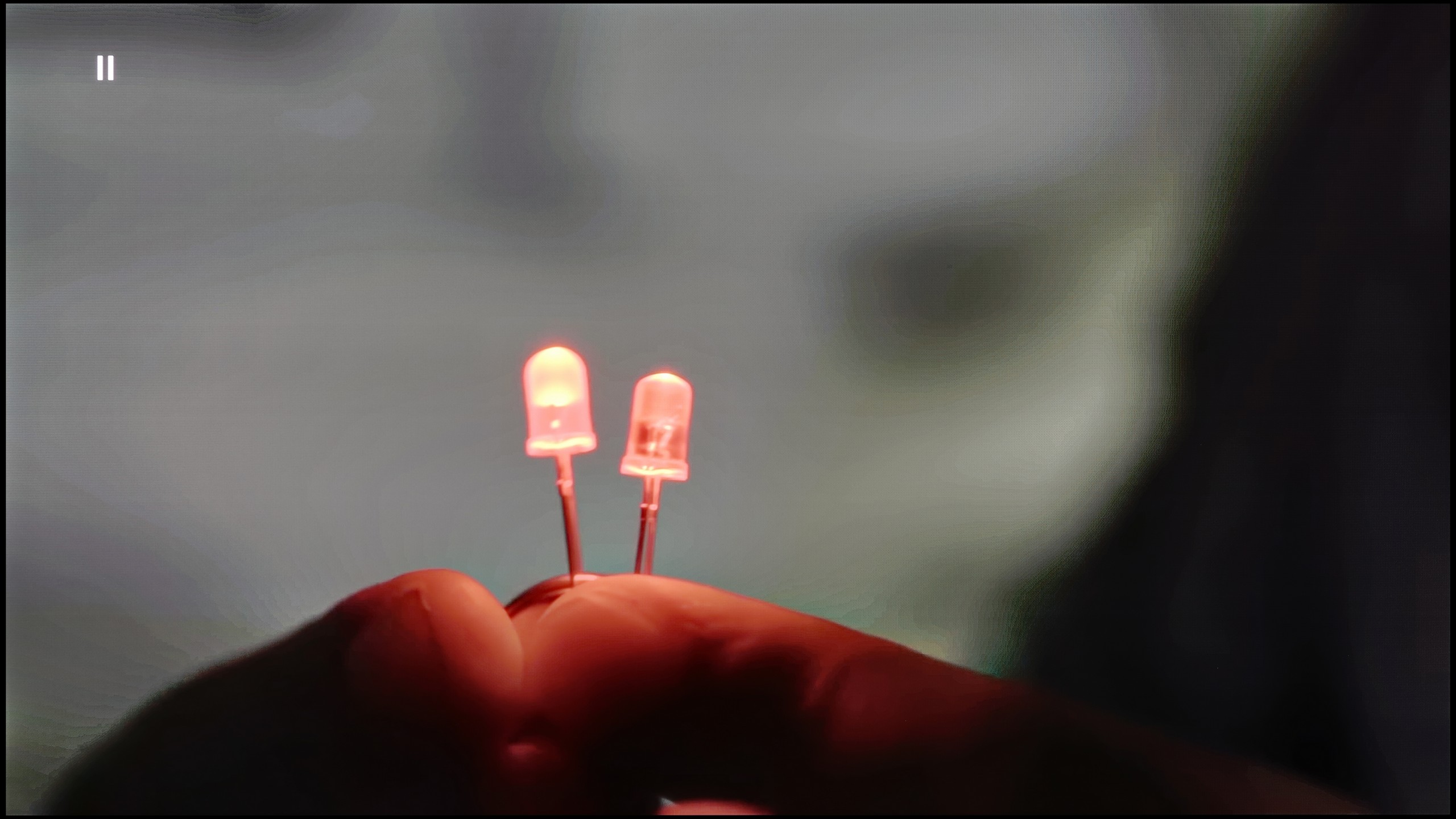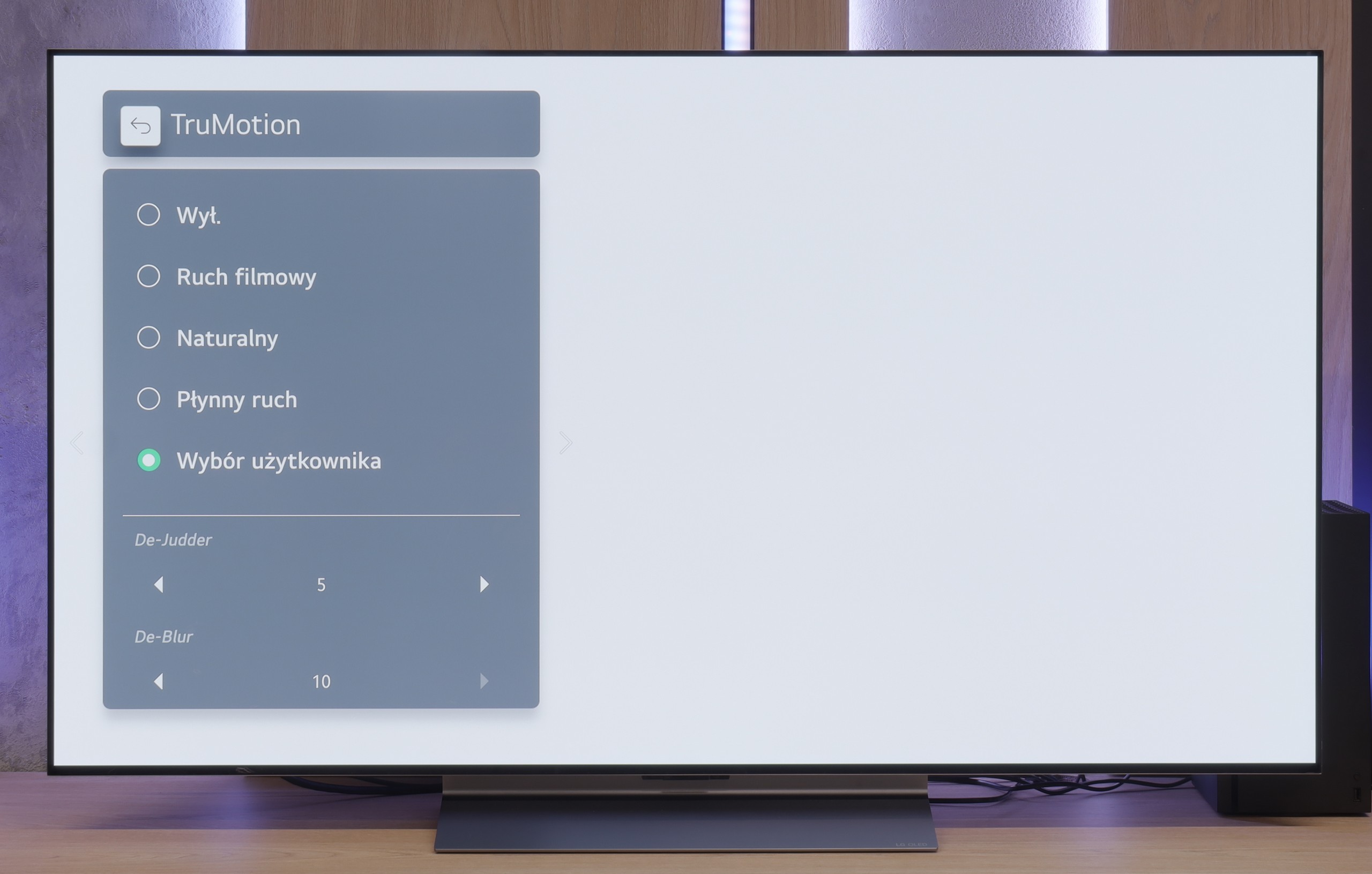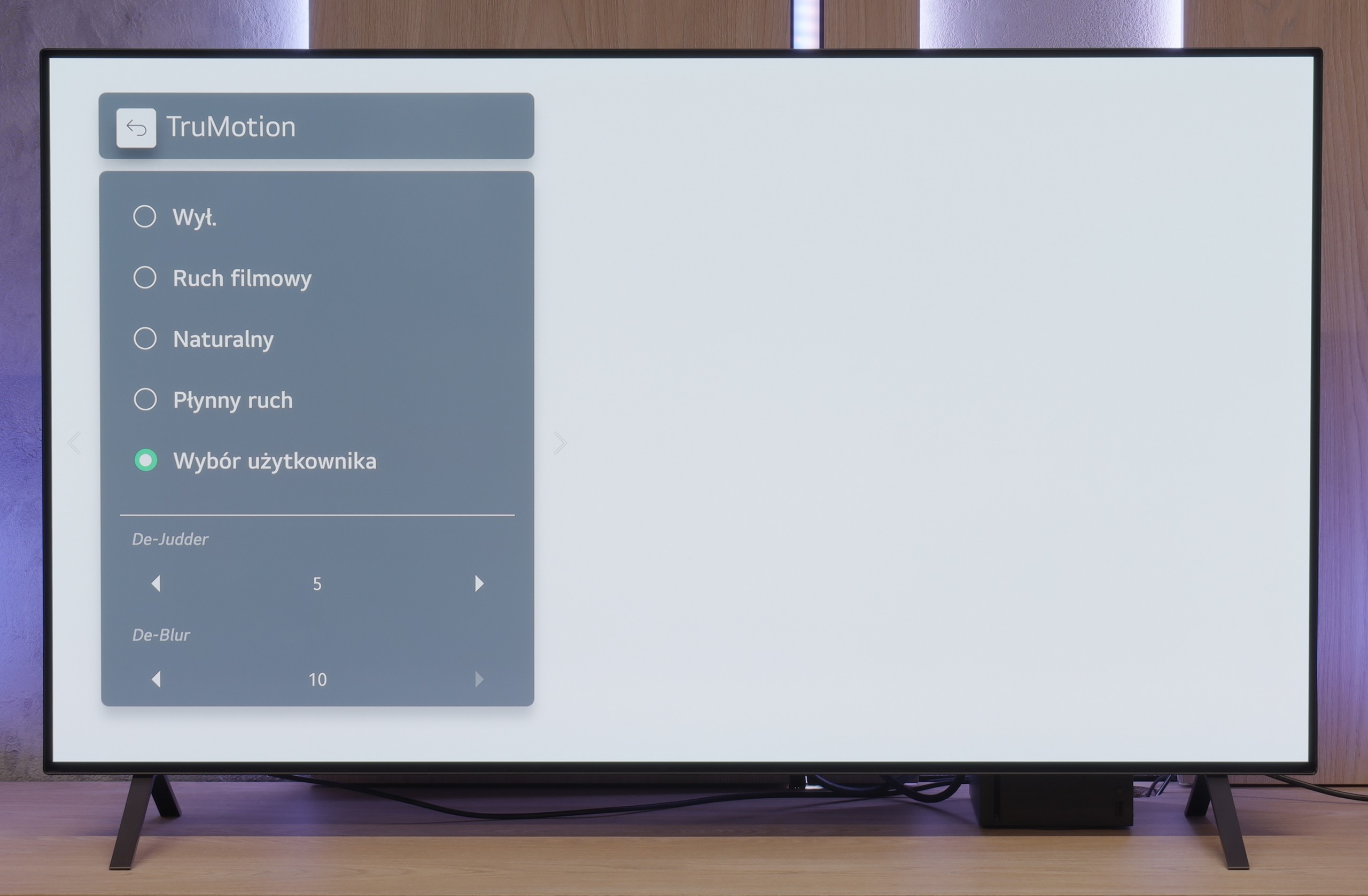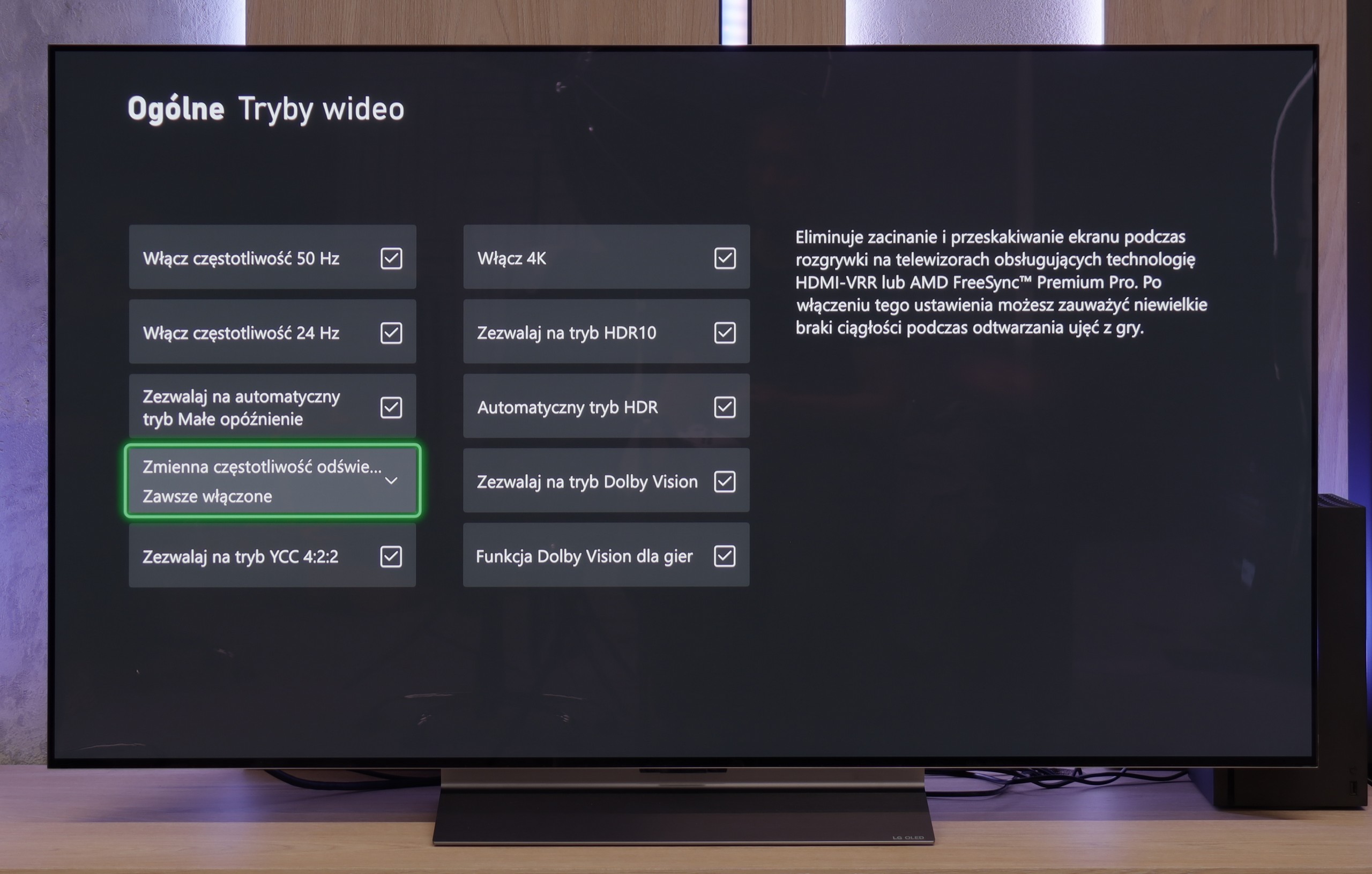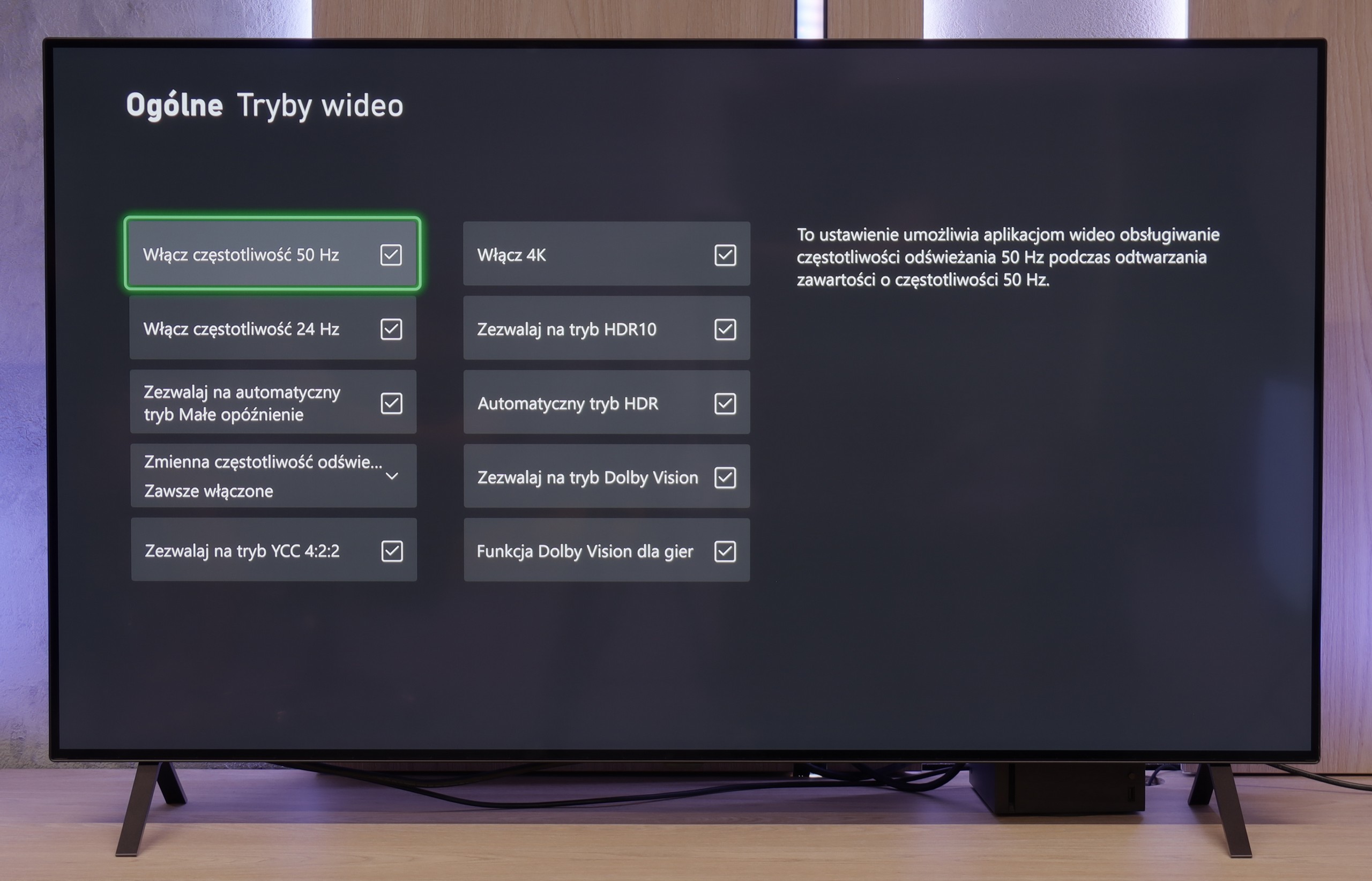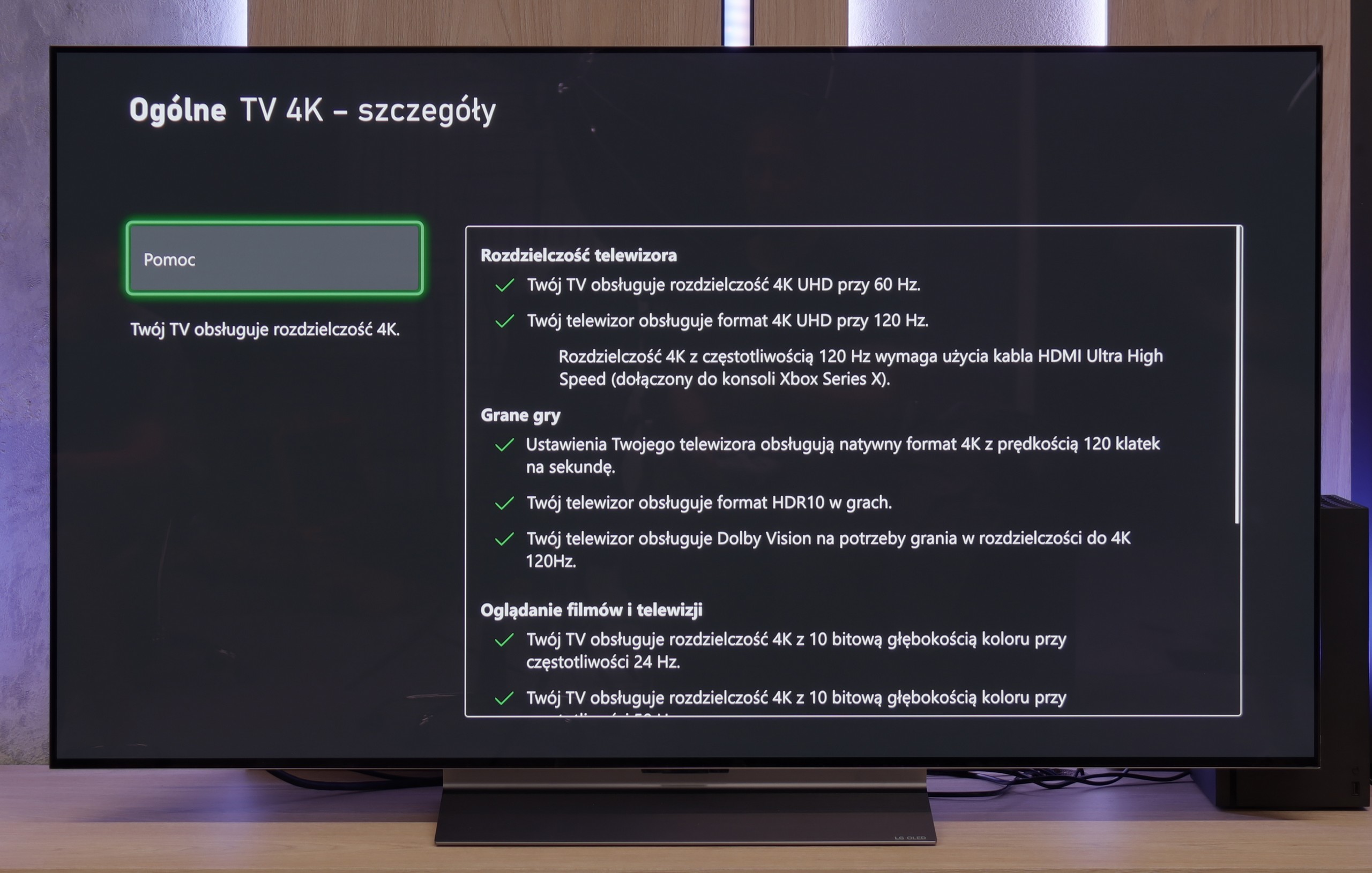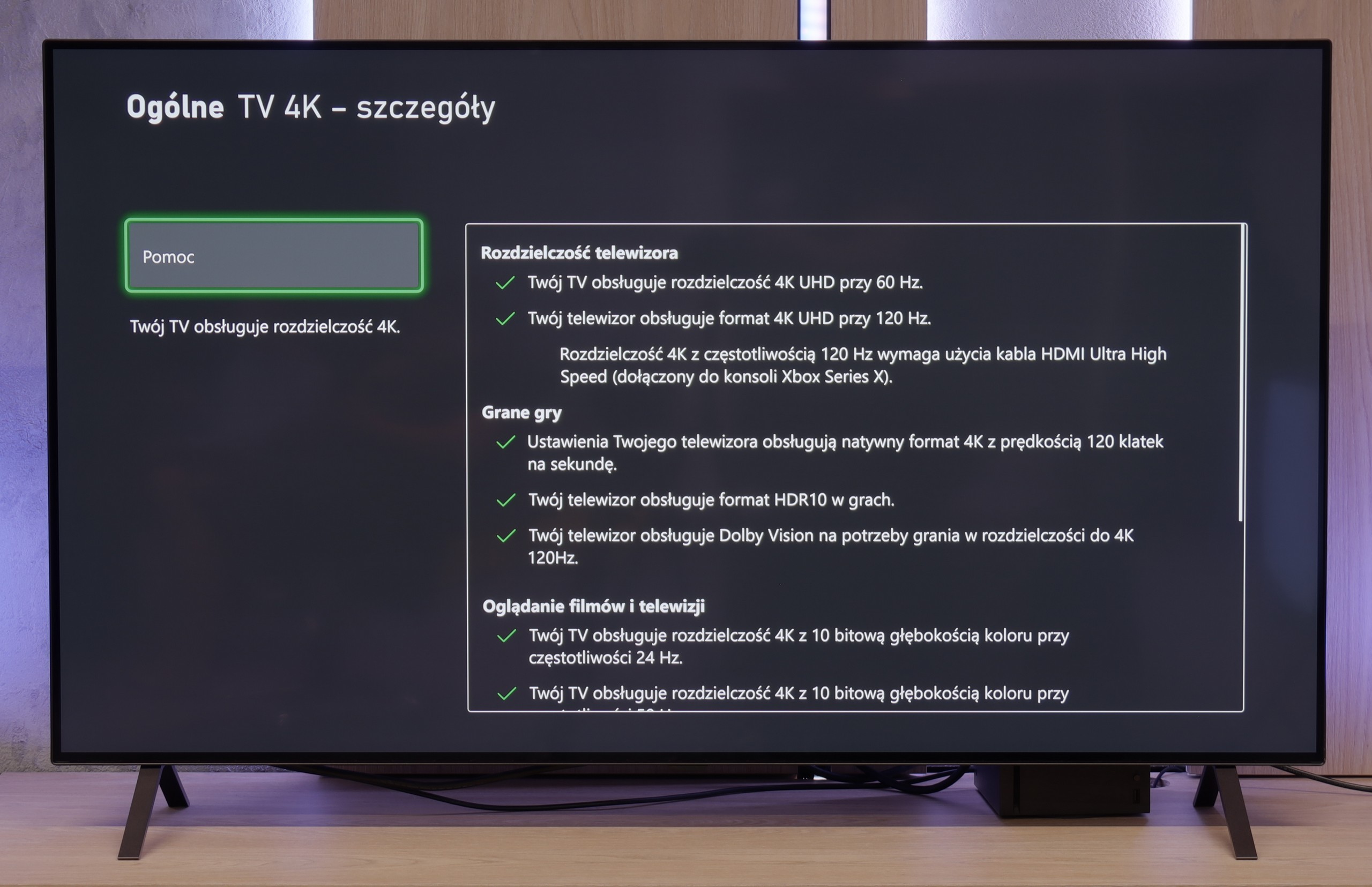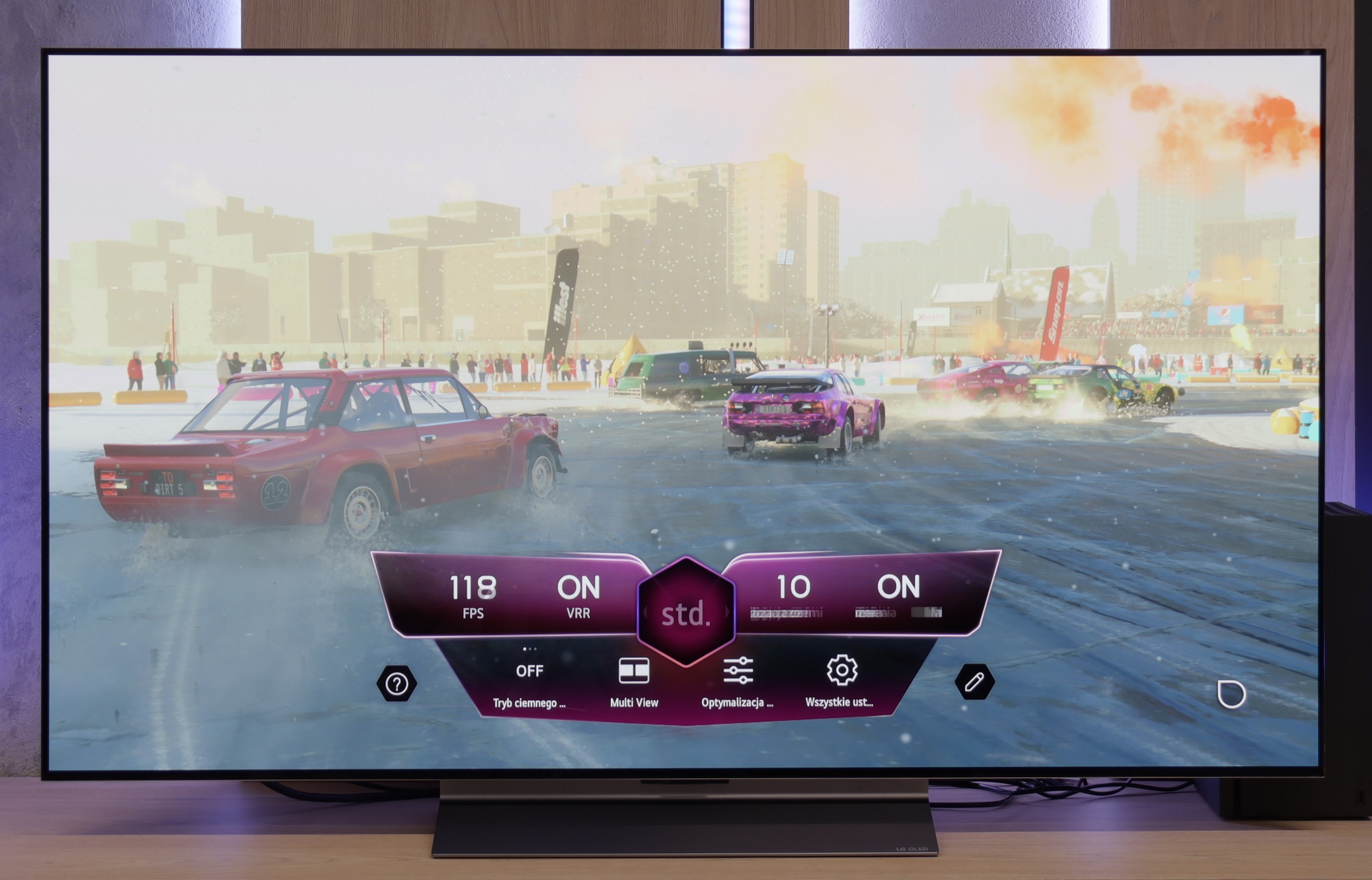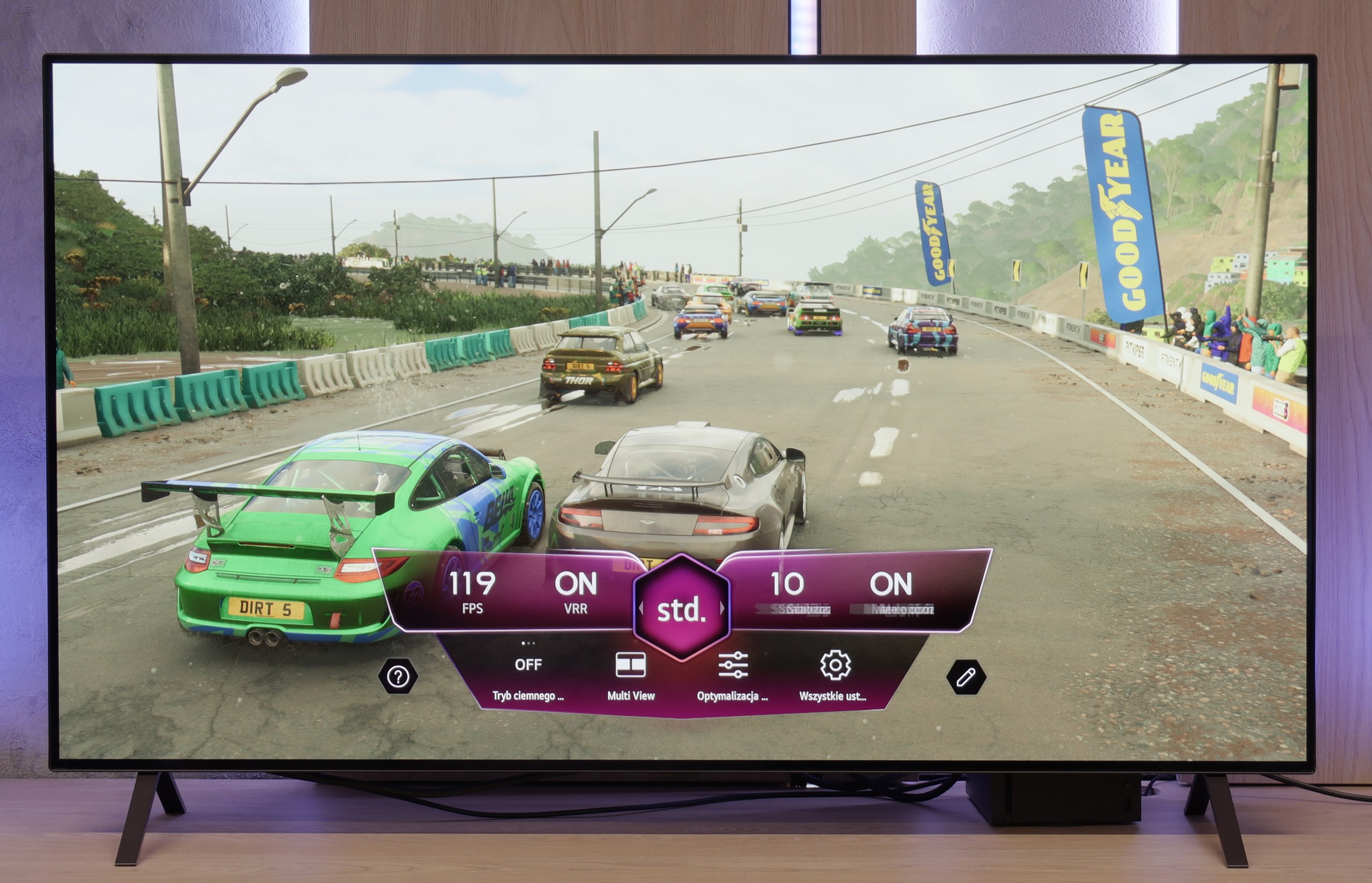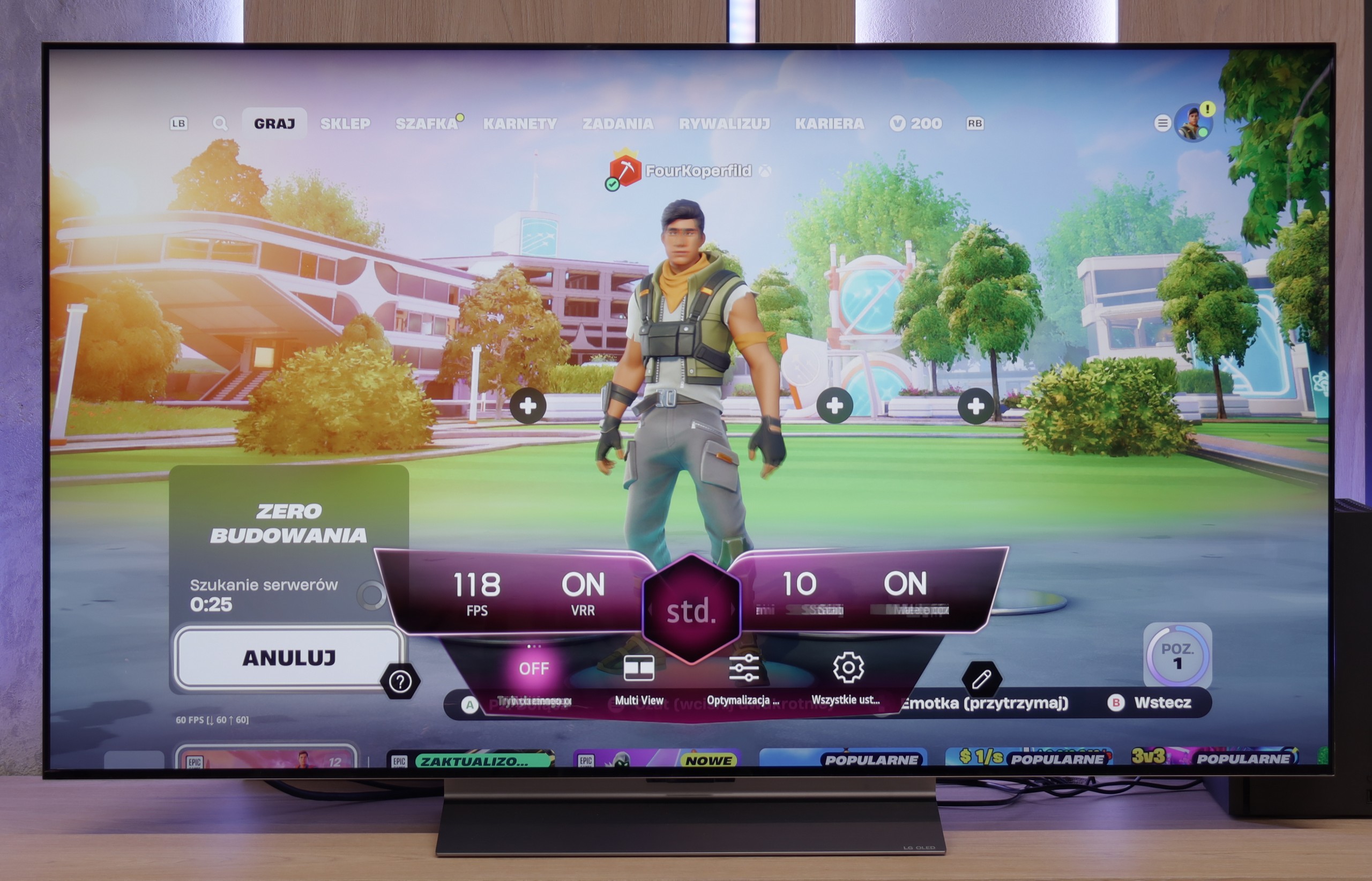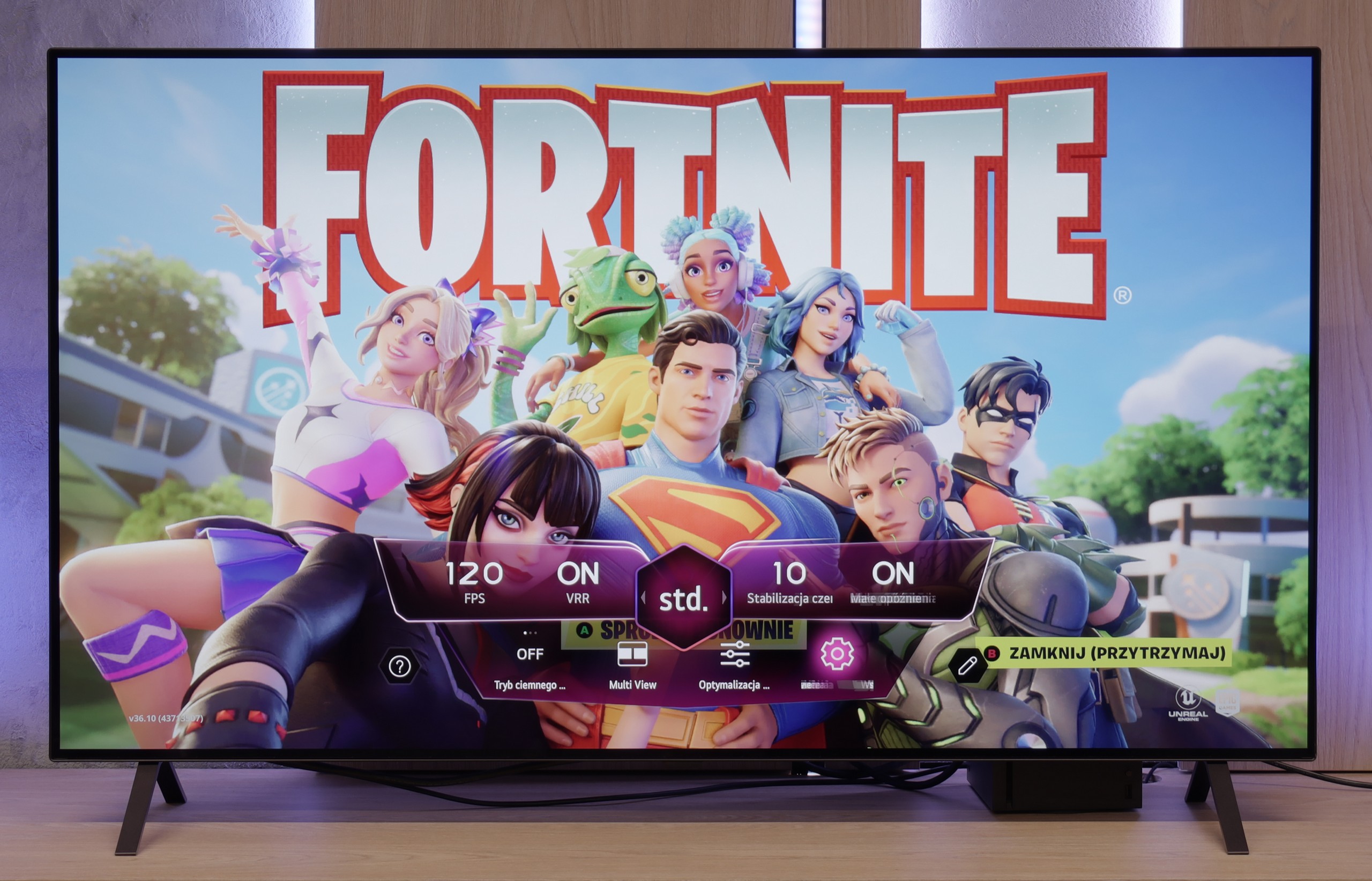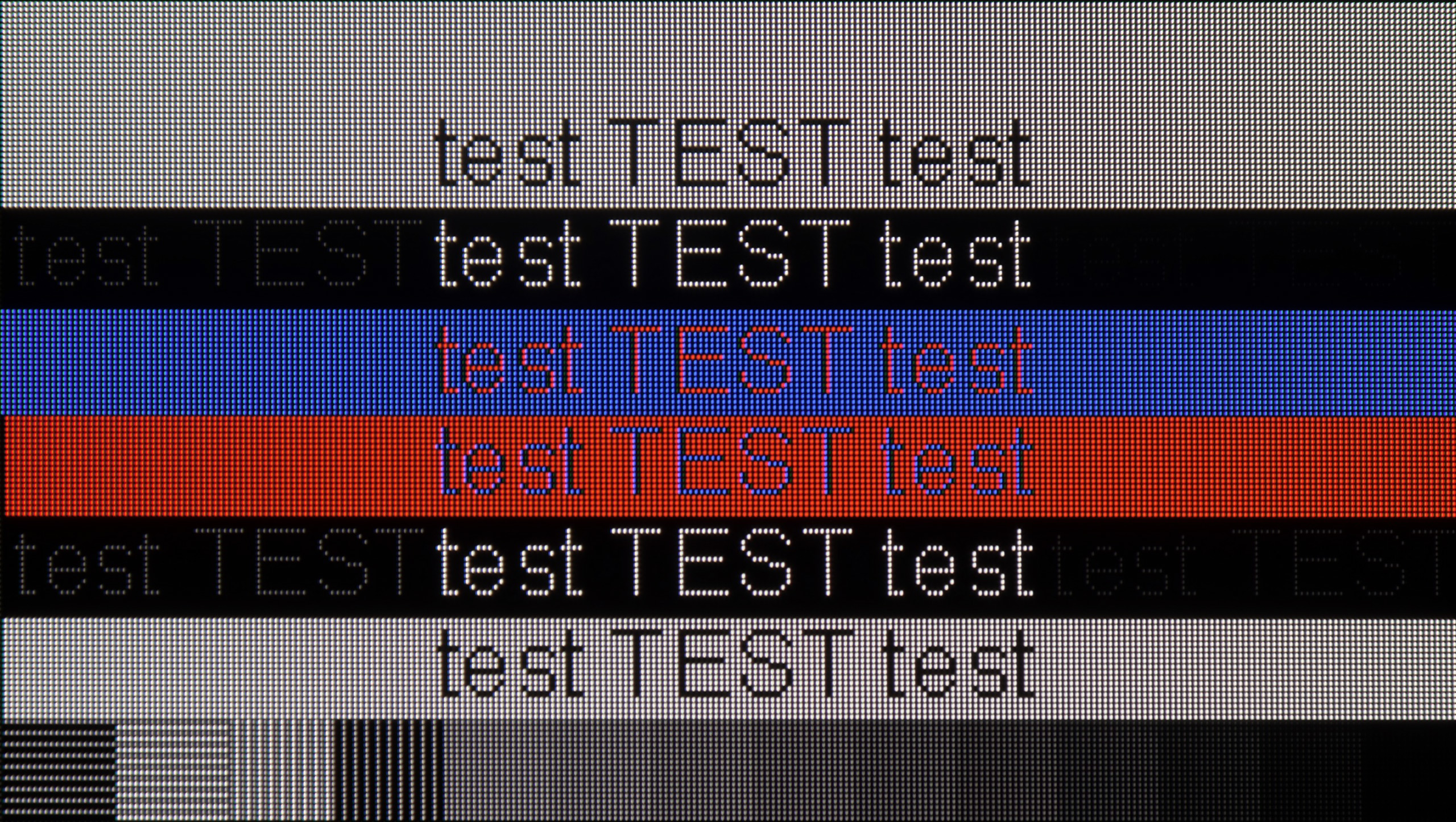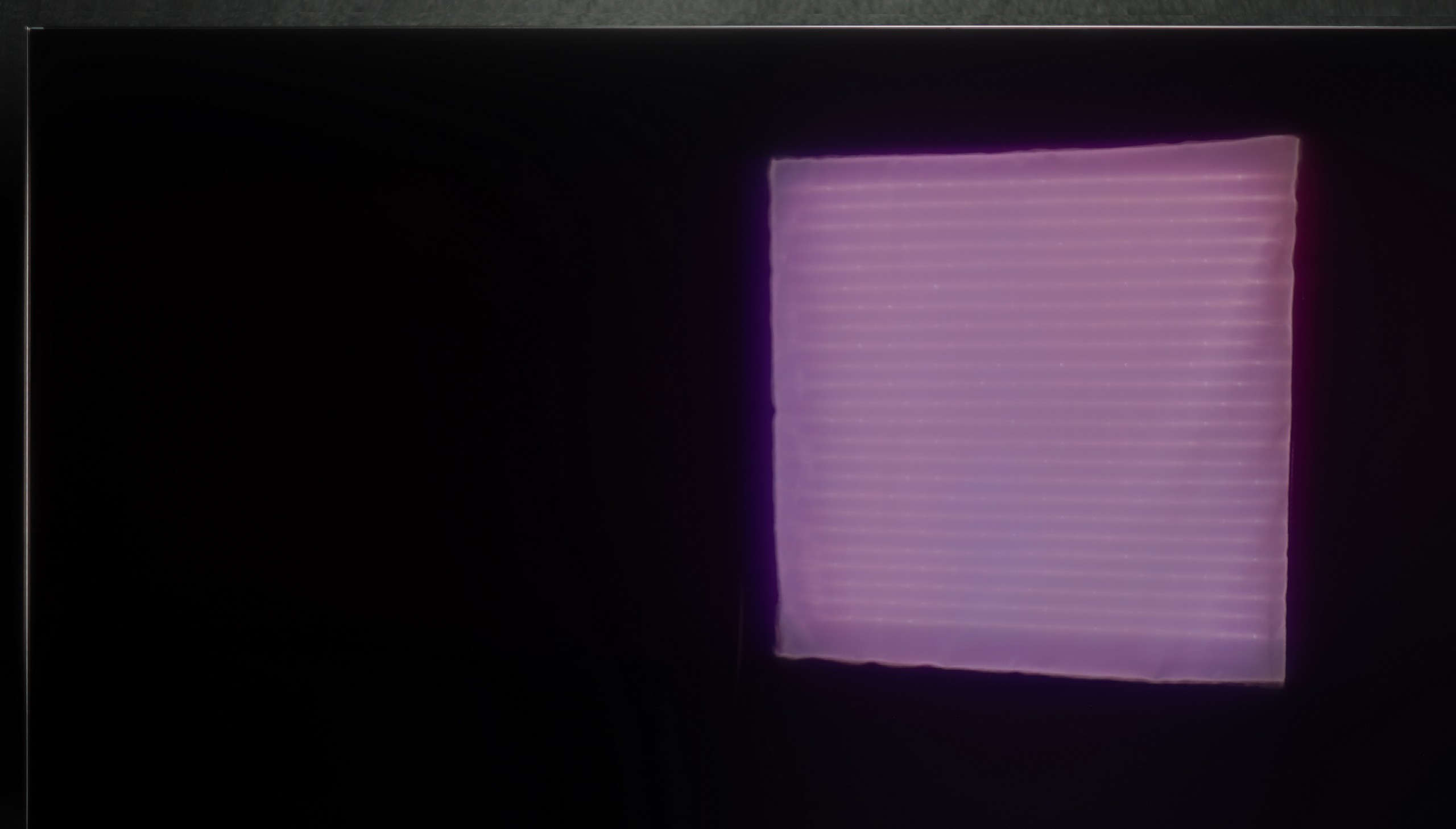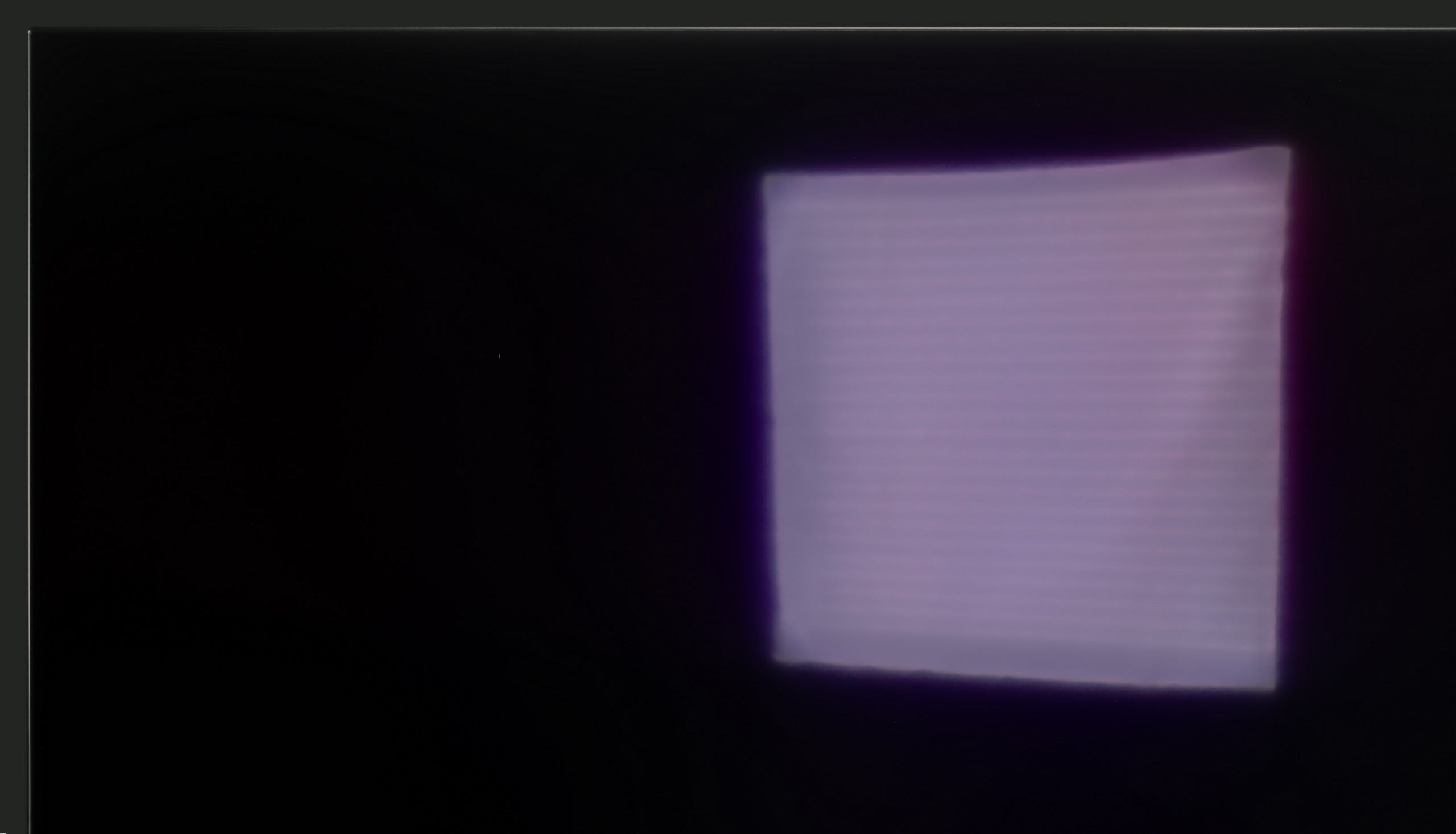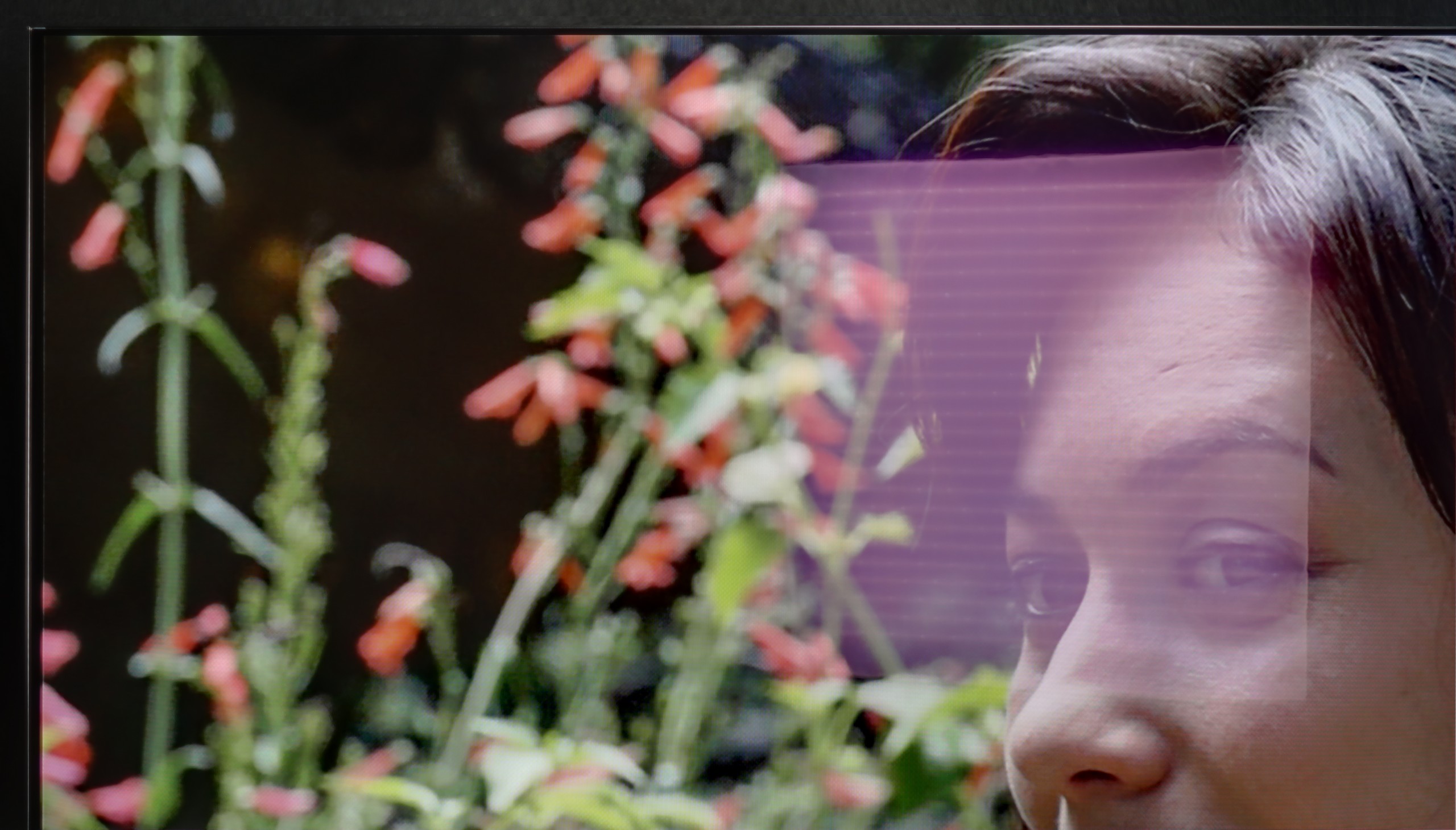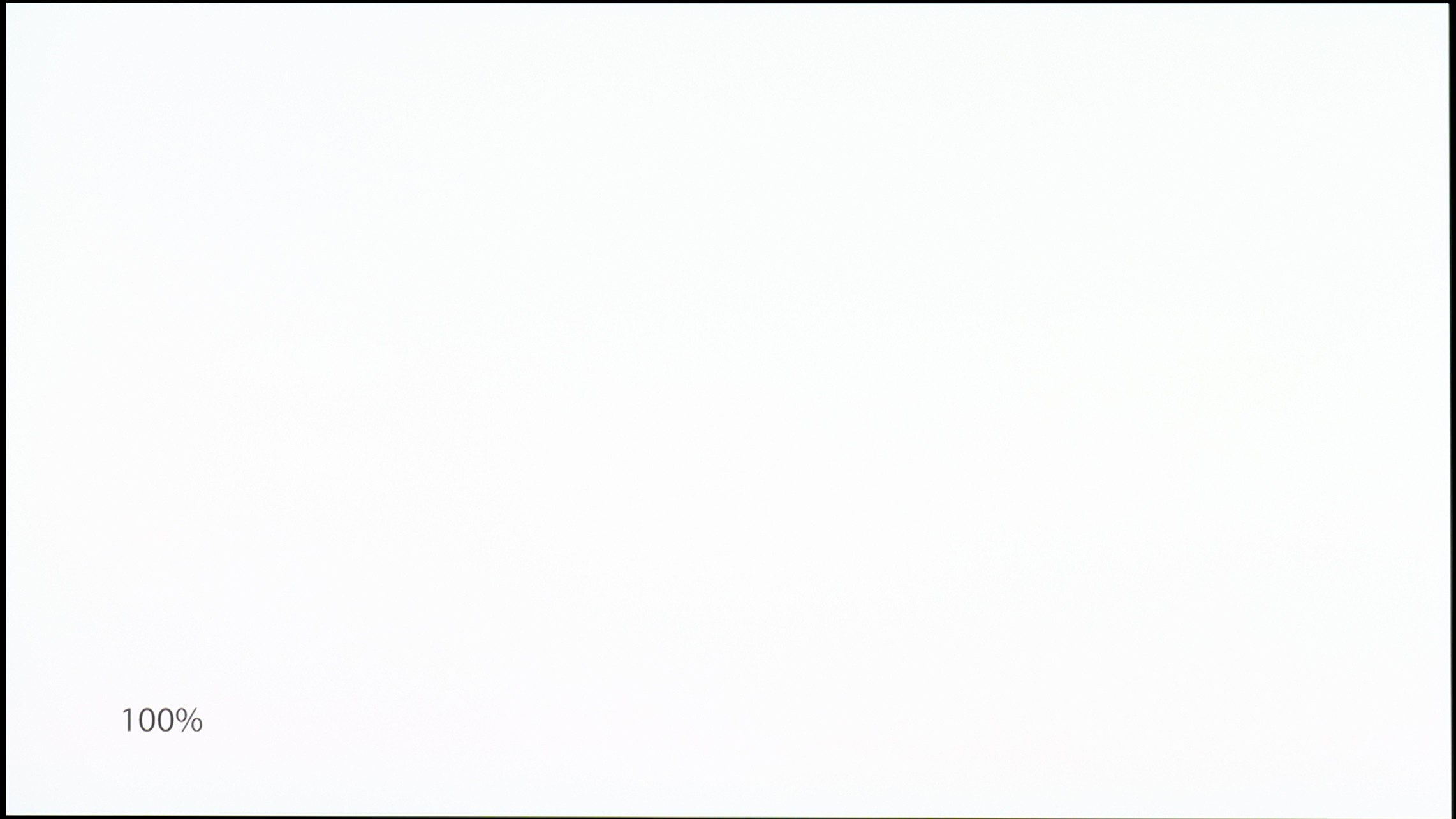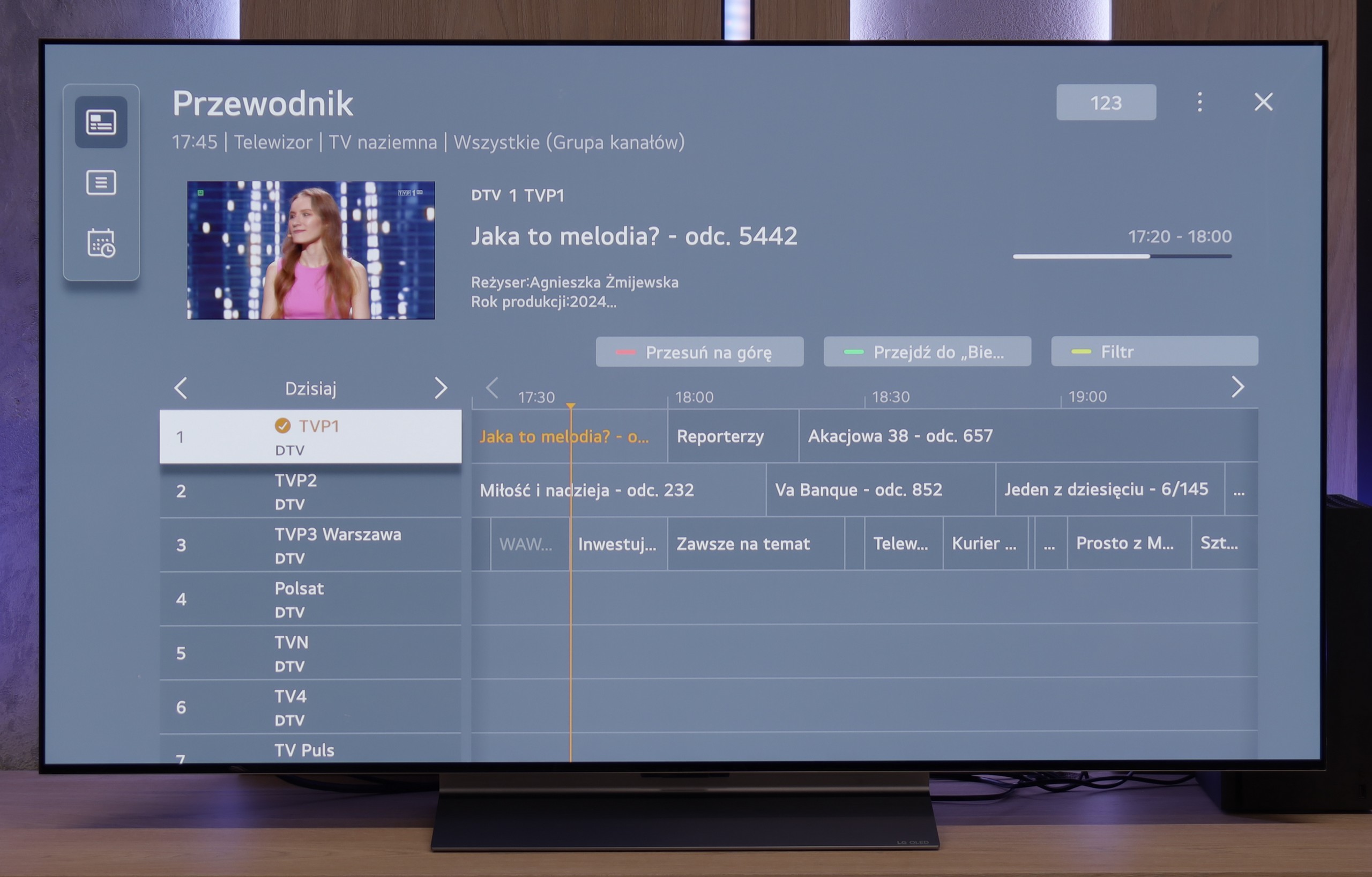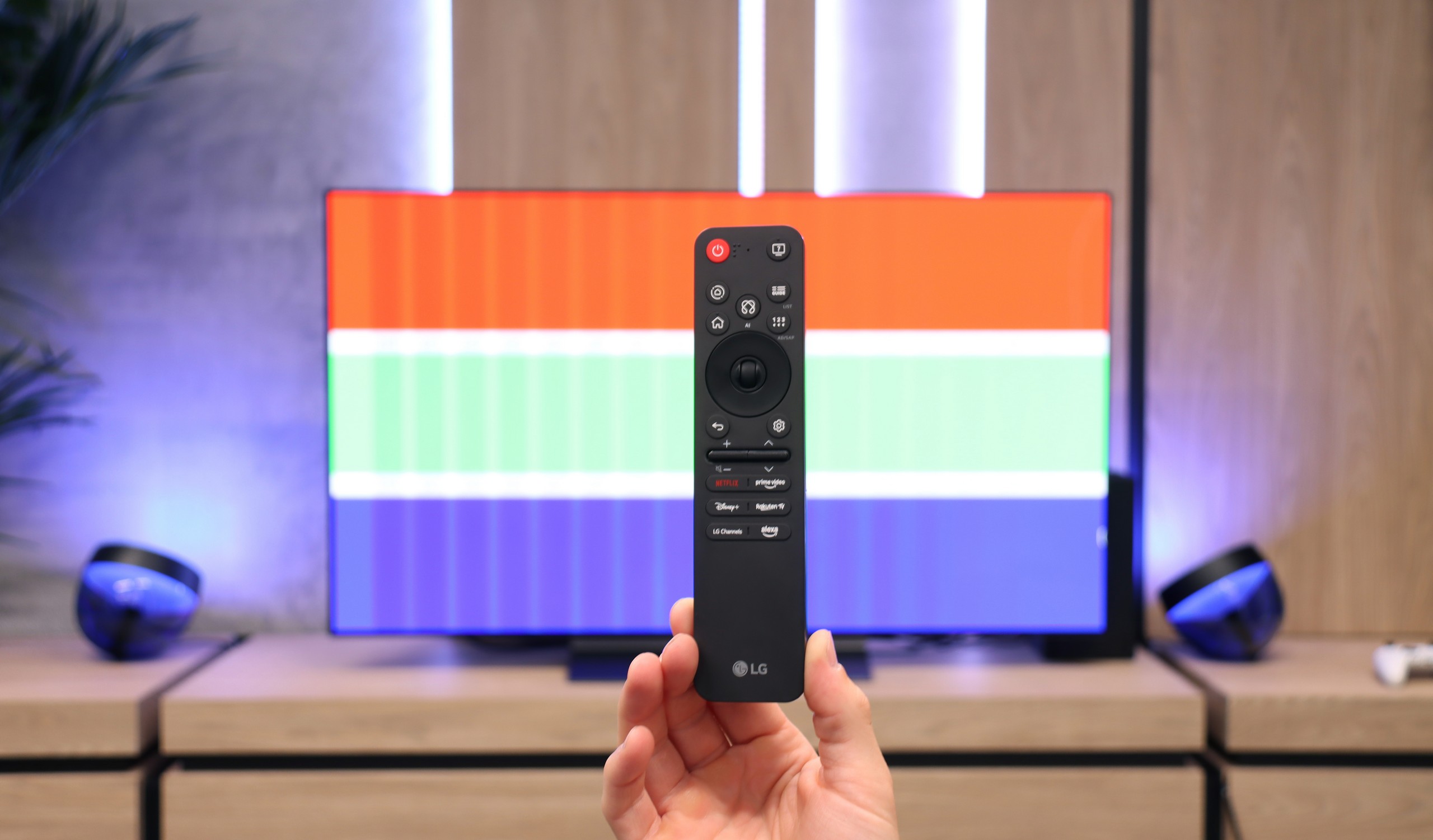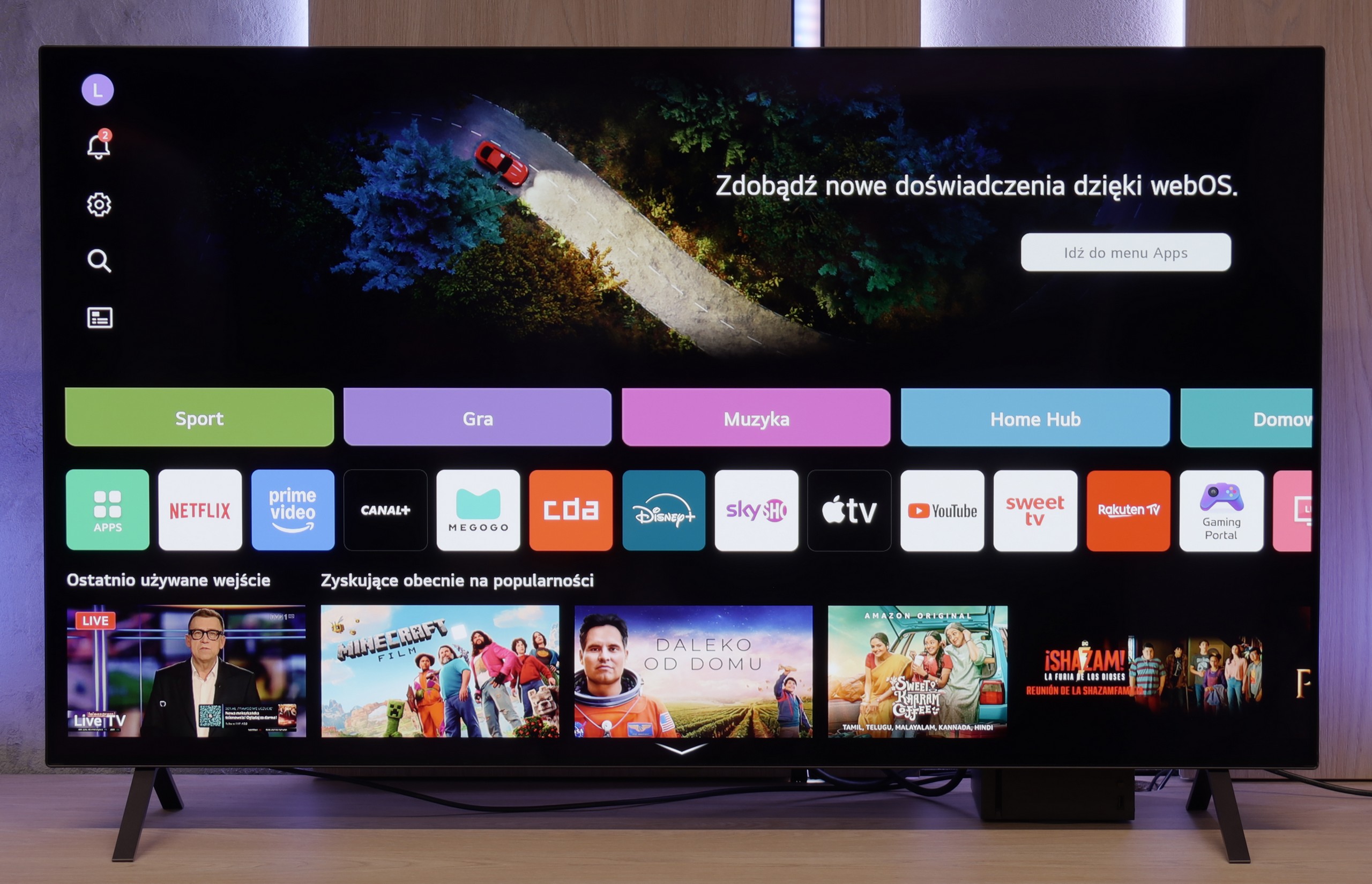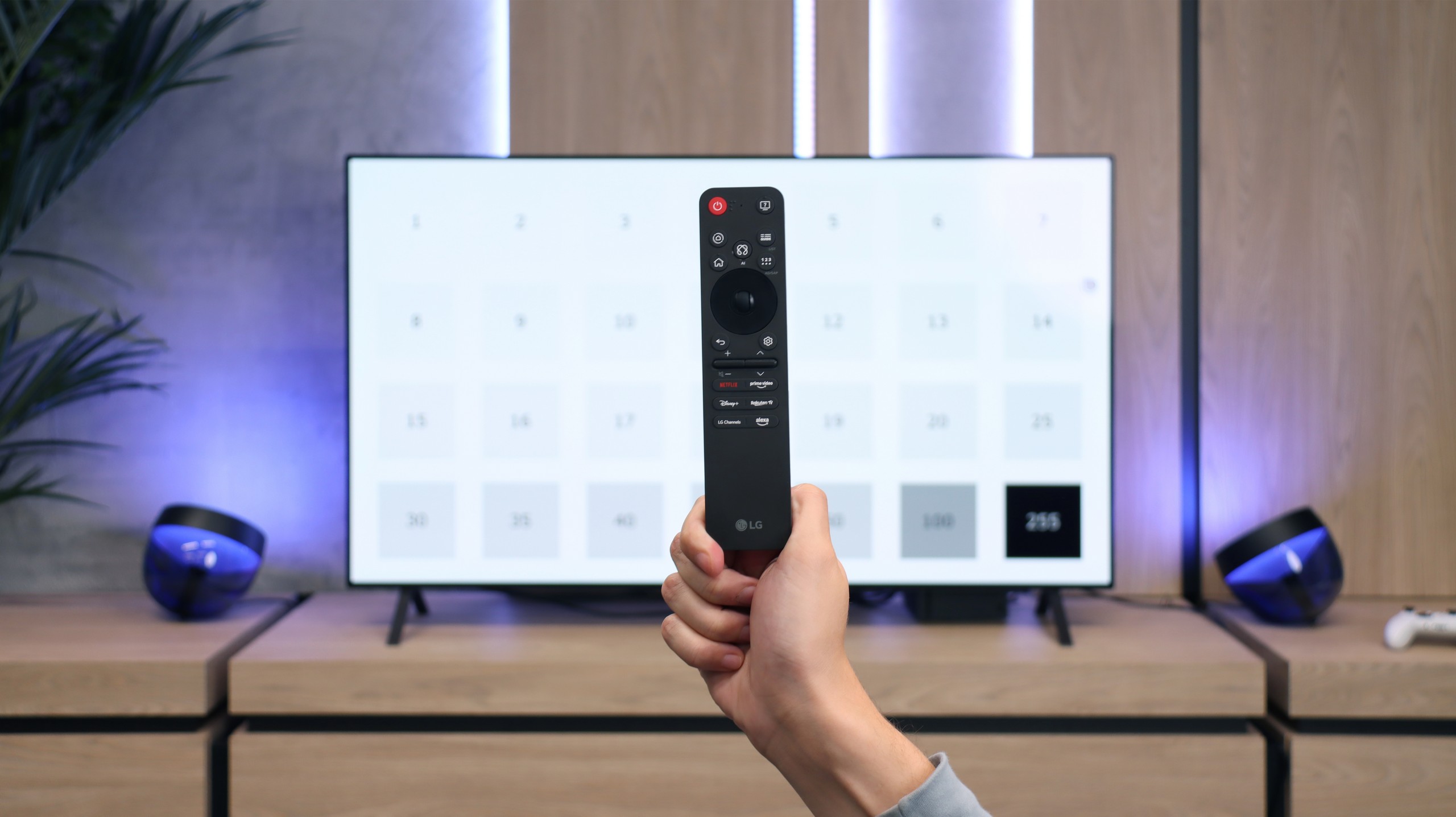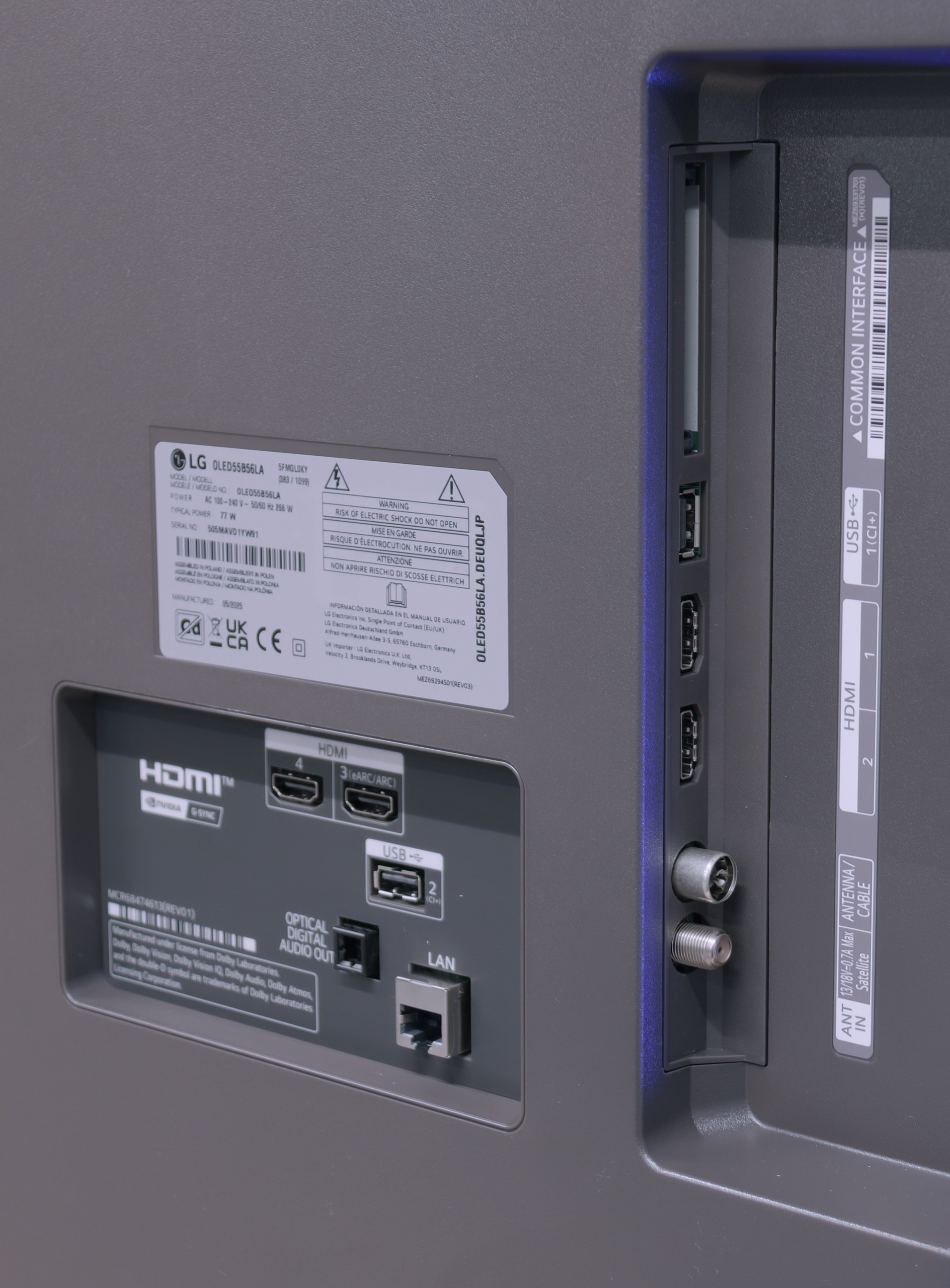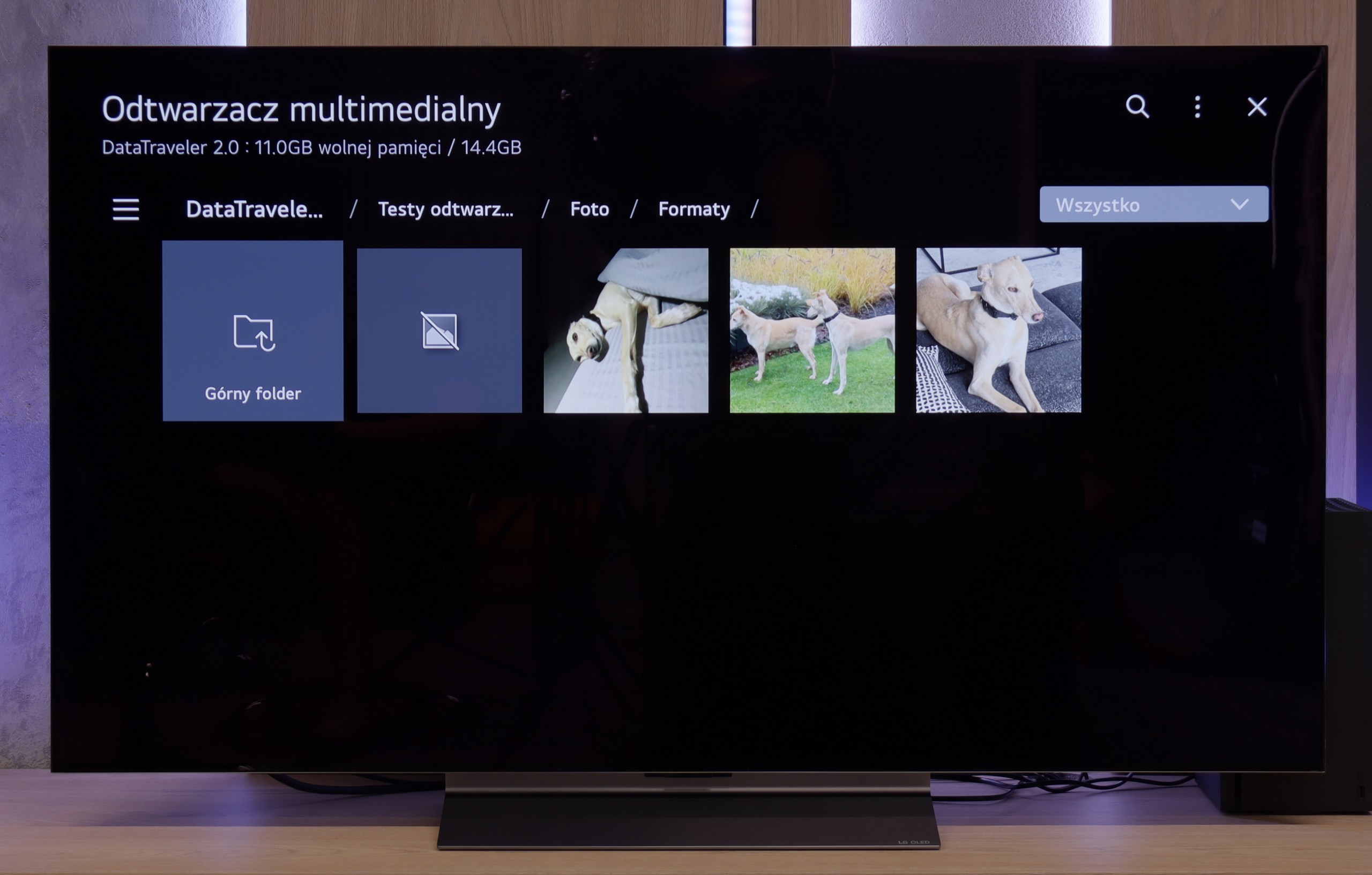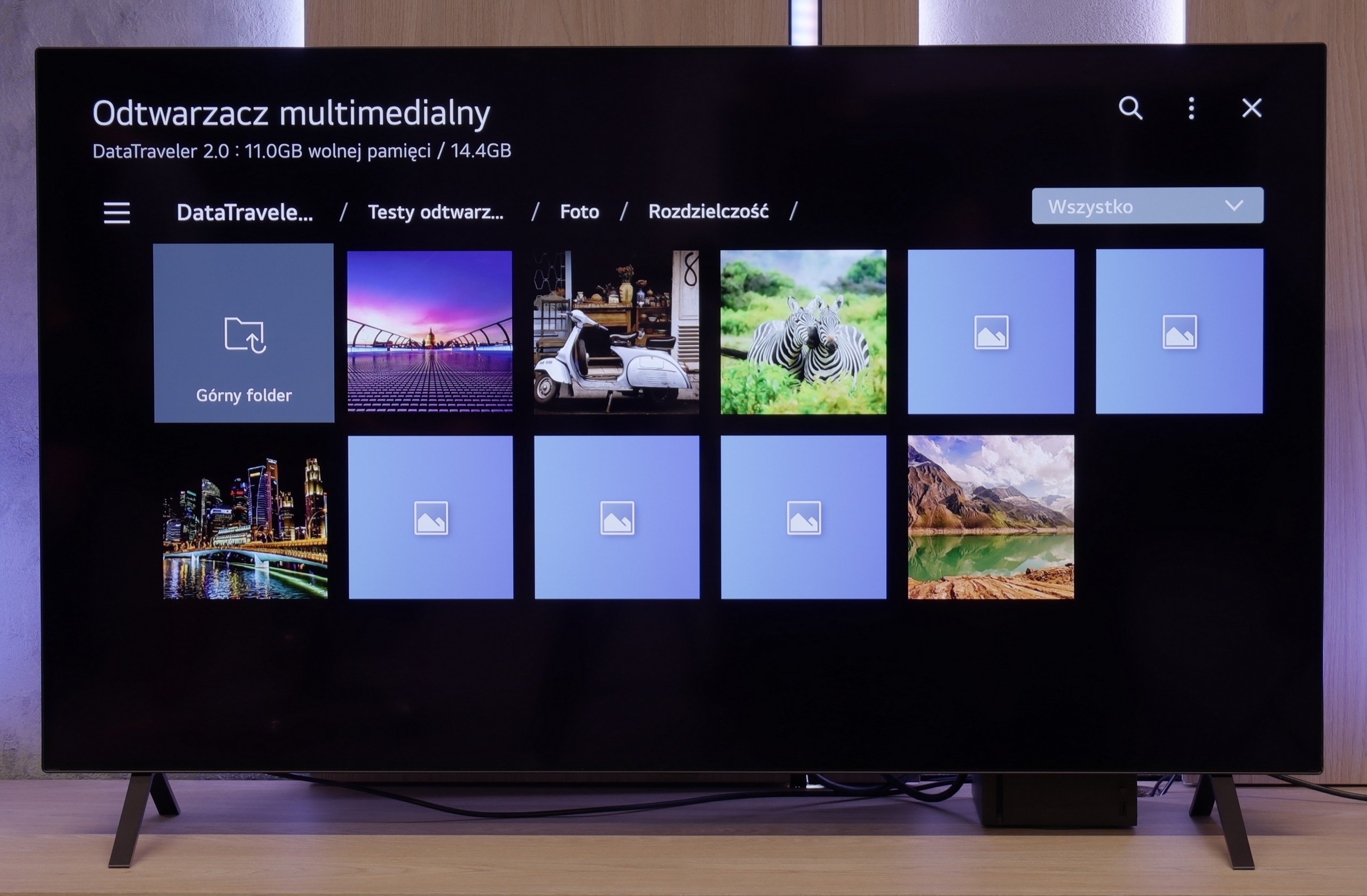Classic TV Features:
In terms of classic television features, the LG C5 performs really well. Here we have the option to record programs to USB from built-in DVB-T(2) tuners, support for teletext, an EPG program list, as well as seamless pairing of headphones via Bluetooth. For many users, these are still very important elements of daily TV usage – and here LG does not lack anything except for the PIP function. It's worth noting the topic of the remote control, or rather... different versions of the remote. In our test, we used the C54 model, which came equipped with a new version of the Magic remote. It somewhat resembles Samsung's minimalist approach – lacking a numeric keypad or a "source" button, but it looks modern and is convenient for everyday use. On the other hand, other variants like the C5ELB may be sold with an older version of the remote – a more classic one, with a greater number of buttons and a numeric keypad. Some may consider it more practical, while others see it as outdated. In short: quite a bit of confusion, so it's worth checking the model suffix before purchasing.
Smart TV:
Regardless of the version of the remote, we operate the same system – WebOS. This is one of the most pleasant solutions in the world of Smart TV. The intuitive menu, fast performance, and support for popular features like AirPlay, screen mirroring, or voice assistant make the system very effective for daily use. Additionally, controlling the cursor using the gyroscope in the Magic remote remains one of the most convenient forms of navigation in televisions. There are really a lot of applications available – Netflix, Disney+, HBO Max, Apple TV, and many others. However, one must remember that this is not a system based on Android/Google TV, so it might happen that we simply won't find some less popular applications in the LG store.
User Features
Although the LG B5 is modern equipment, they haven't forgotten about those who just want to… watch television sometimes. Without apps, without accounts, without logging in anywhere. We have built-in DVB-T2 tuners and the ability to record to USB, with a clear and fast EPG guide. Not enough? There’s even a functioning teletext – a relic for many, perhaps, but everyday life for others. We also appreciate the option to turn off the picture and leave just the sound, which works great for listening to music. And if you want to watch quietly – you can easily pair Bluetooth headphones, without struggling with settings and without delays. Everything works as it should.
SMART TV: webOS
The biggest distinguishing feature of the webOS system – still! – remains the way of control. The Magic remote that comes with the LG B5 (in our version B56 – the one without a numeric keypad) works like a magic wand. We point, click, select. And it just… works. Intuitively, quickly, and without unnecessary left-right arrow clicking. Additionally, there’s an AI voice assistant – quite capable. You can call it directly from the remote and use your voice to search content, change settings, or switch sources. While webOS itself may not be the most "modern" system on the market, and the built-in ads can be annoying, when it comes to user convenience – especially with the Magic remote – it still keeps a step ahead of the competition.
